On the road again…
And so it came to pass that after all of us Australians did what we were told and self-isolated, kept our distance, washed our hands, stayed at home, lost our jobs and missed our payments, such obedience exactly opposite to the usual irreverent and independent nature of such people, that the whole thing miraculously worked and the evil virus more or less slipped away into the nasty dustbin of history. And Australians were rewarded for their obedience by being released from our corona-jail and allowed to venture forth again. As the green flag fell Julie and I immediately hit the road again.
True, we weren’t allowed to leave our fine state of New South Wales, but never mind because there is an endless supply of things to see and do here. And true, it was the dead of winter when the temperatures drop and the rain falls, but that wasn’t to stop us, no siree, as we bolted on the roof top tent, loaded the fridge and packed our bags for a two week tour of parts of outback NSW that we hadn’t seen before. Yeah!
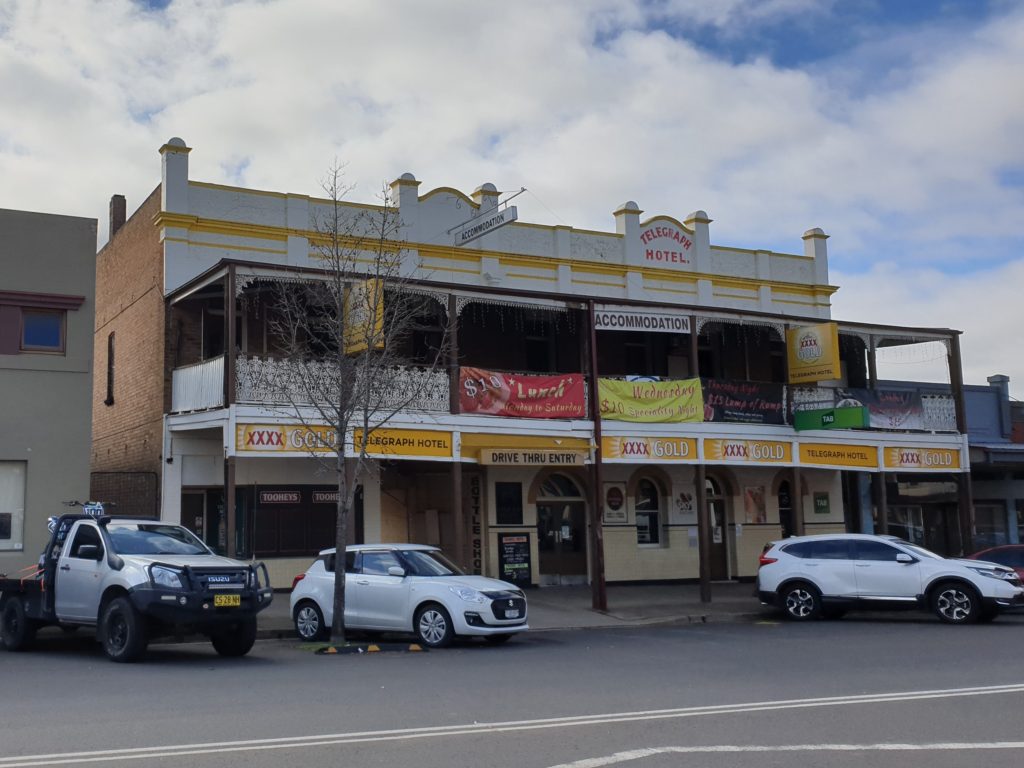
Driving through small country towns is always fun – especially when you check out the most important building in town – the pub
After a glorious night at our property on the other side of the Blue Mountains, sitting around the fire, surrounded by towering escarpments, covered by stars, loving the moment, we ventured westward through the towns of Bathurst, Orange and Molong, green rolling hills, sheep in all directions, until we hit small country roads that led us to the remote and obscure Goobang National Park. We liked the place before we even got there, placing a high value on cool names.
Goobang National Park preserves large strands of beautiful Blakely’s red gum and huge red ironbark forests, all of it covering some high hills in the middle of vast flat farm land. We pitched camp and then walked the 4 kilometre return trip to the top of Burrabadine Peak for grand views out across the fertile flatland. That night we collected some soggy wood and relished our evening around the fire, the great Aussie bush all around us. No coronavirus out here, that’s for sure.
The next morning we woke to blue skies and a winter chill where the warmest place in camp was inside the fridge. A flock of screeching cockatoos flew low over the trees, the fire crackled and it was shaping up as another day in paradise.
Indeed it was. Goobang National Park, named after its original inhabitants, featured some lovely tracks through the gum forests, the morning light filtering through the trees, three glossy red tailed black cockatoos sweeping down before us to show off their gracefulness. After a couple of short walks we popped out on a paved road and ended up in Peak Hill, an old gold mining town that still proudly shows off some of its history. Then it was on to Parkes and a visit to The Dish, as all Australians know it, the radio telecommunications dish that worked in conjunction with NASA to record Neil Armstrong’s first steps on the moon. Really!
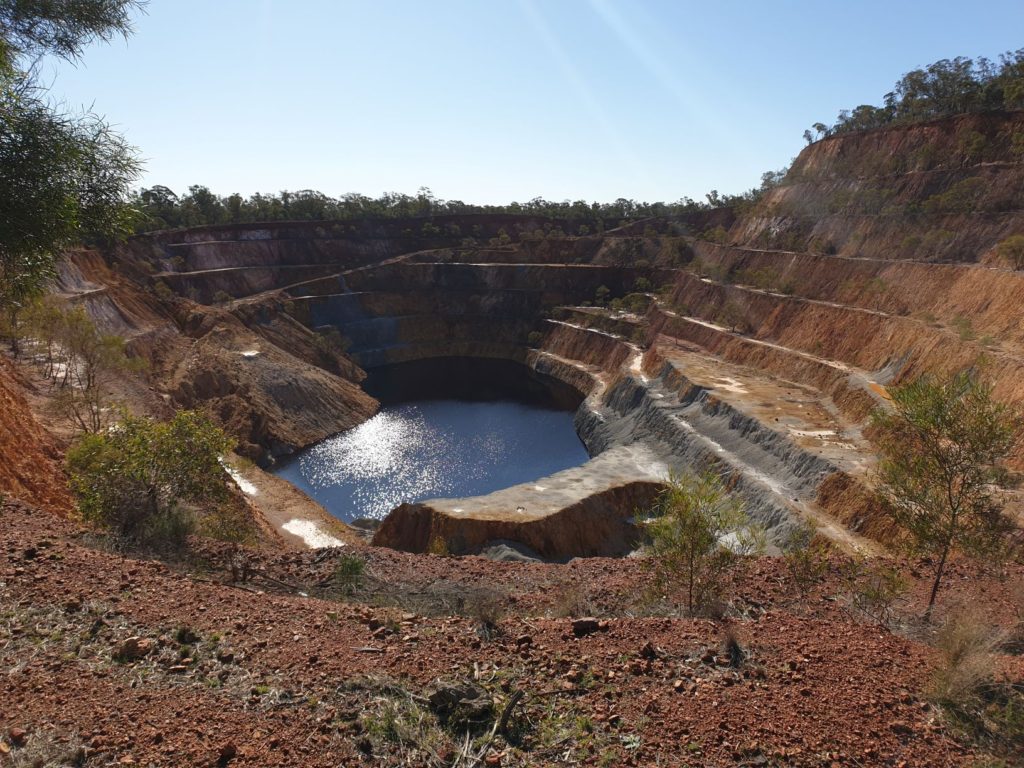
Who knew little Peak Hill was a thriving gold mining town in the late 1800’s? This hole was dug almost 100 years ago.
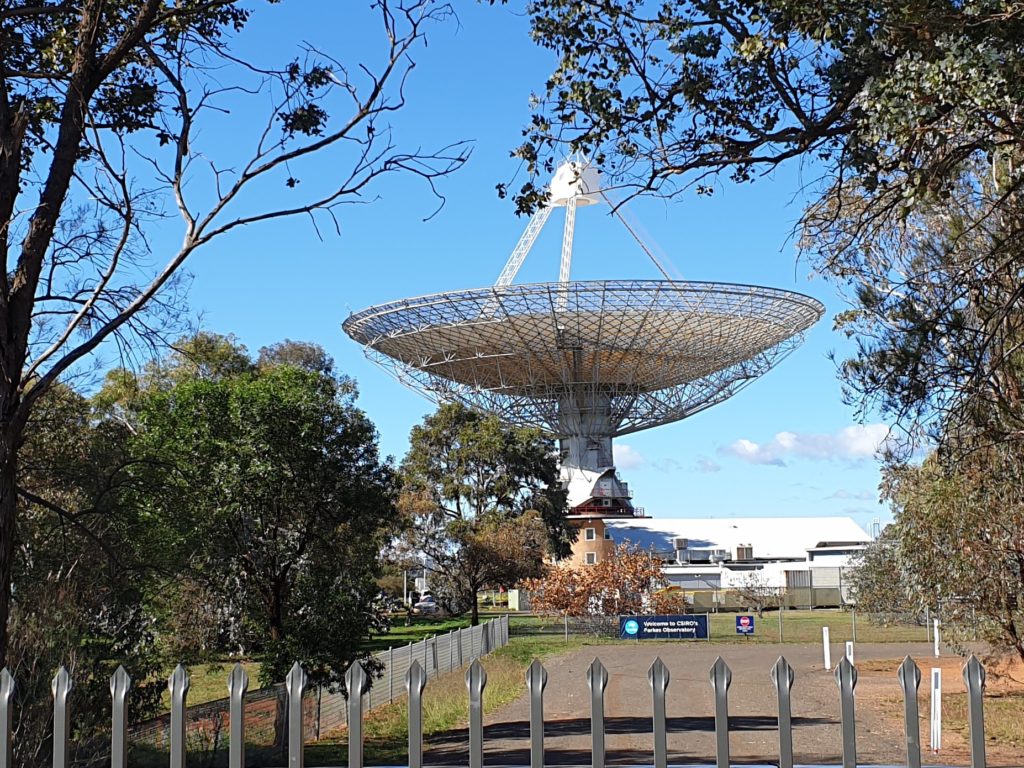
Australia’s space claim to fame – the famous dish at Parkes which worked with NASA to help track Neil Armstrong when he stepped onto the moon
We steered the mighty Landcruiser further west through Condolbin, a remote rural community of a couple thousand people on the banks of the Lachlan River. Due to recent rains most of the rivers had substantial water in them, as did the Lachlan, and we followed a dirt track out of town along the river until we found a beaut spot to camp on the high banks of the slowly flowing muddy river. En route we came to the rescue of an American who managed to bog his hire vehicle in some unforgiving mud. But oh what a night, a perfect 10, the cockatoos and galahs crying angrily at our presence, the setting absolute bliss.
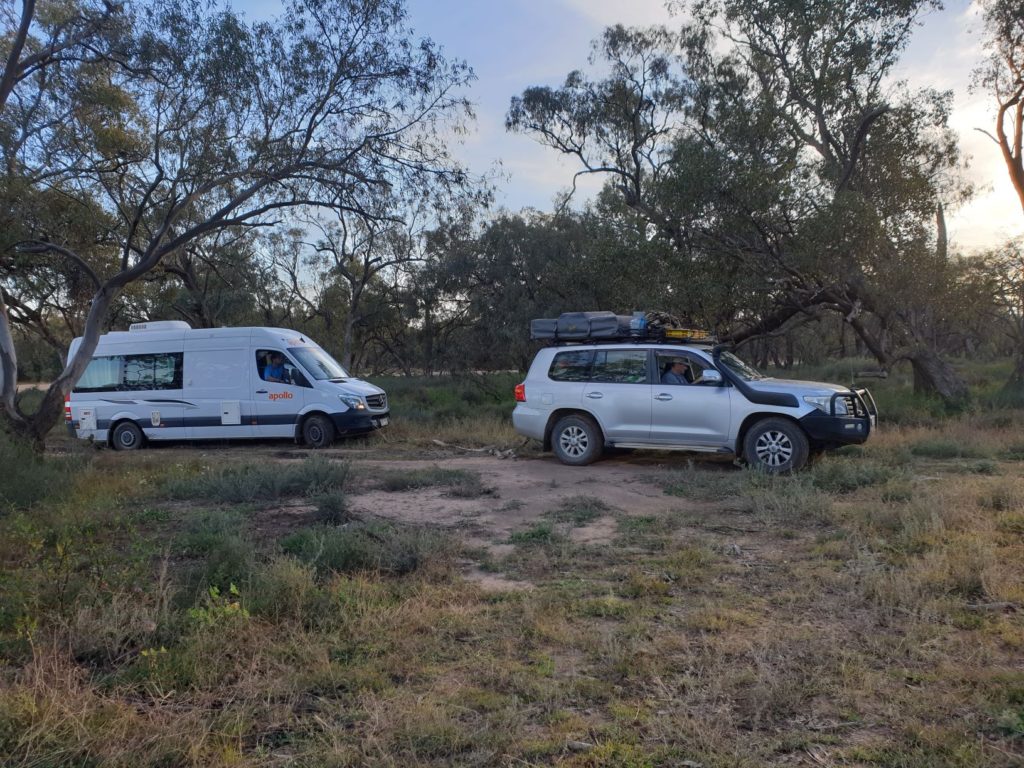
We were flagged down by Karim from Austin Texas who managed to get his hire van stuck in the mud. After pulling him out we ventured down to the river and found an amazing place to camp. Thanks Karim!
The next morning the smoke from the morning fire drifted up into the huge gum trees, the river unperceptively moved past us and the sky showed shades of grey, not far from an Frederick McCubbin painting. We reluctantly packed and headed into the small community of Lake Cargelligo where we picked up some supplies and had showers at the local caravan park. Then we pushed further westward, roughly following the Lachlan River, stopping briefly at Hillston before leaving our river-friend and hitting another dirt road.
Here the land was billiard table flat, the meagre crops we had seen beforehand gone, the fences disappeared and the nearest trees were just blips on the distant horizon. This was mallee country of central and western NSW, red dirt, scrub, a few kangaroos. We loved it.
A long dirt track brought us into Willandra National Park, now occupying one-eighth of a large and famous remote homestead which flourished for 100 years from the 1860’s. As we drove toward the historic homestead we saw our first pair of emus on this trip and settled in to camp amongst the black box gums on the edge of a dry billabong. We had barely seen a sole since leaving Hillston but the setting and the scenery were spectacular.
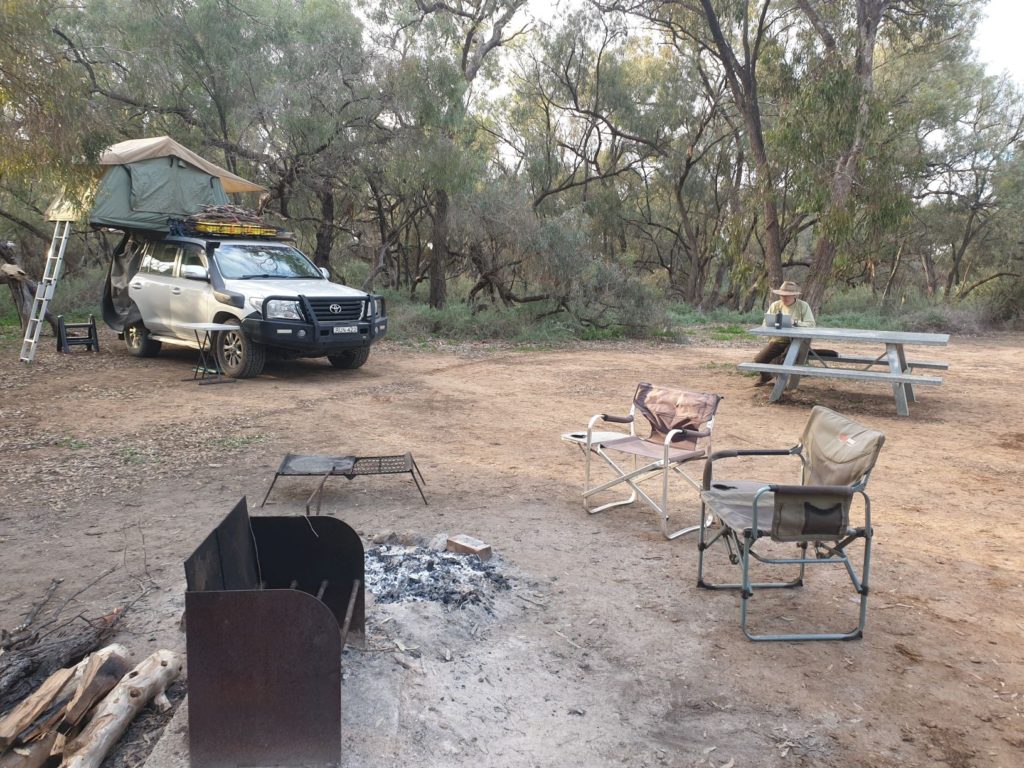
I’m hard at work on the computer but the setting on the edge of a large billabong was absolutely sublime
The next morning we explored the preserved homestead, men’s quarters, ram sheds and shearing sheds of this remote but prosperous sheep station. Famed for their huge breeding rams, Willandra was a community in itself, by necessity being completely self sufficient for all its needs. Exploring these buildings, seeing how they lived in the middle of nowhere over 100 years ago, and appreciating how life must have been here was a real treat for us. We agreed that not only was Willandra worth the detour – and it’s a huge detour – but every Australian should visit this place to appreciate its pastoral past.
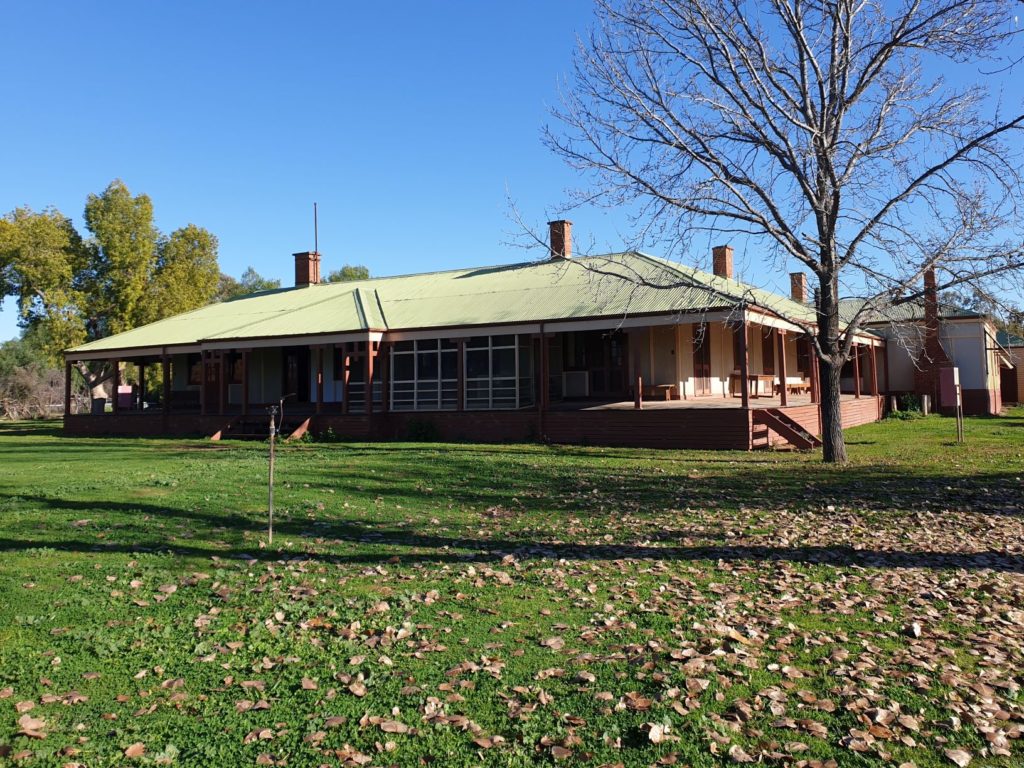
The homestead and the adjoining buildings at Willandra were a fabulous eye-opener on how these people lived in such a remote location
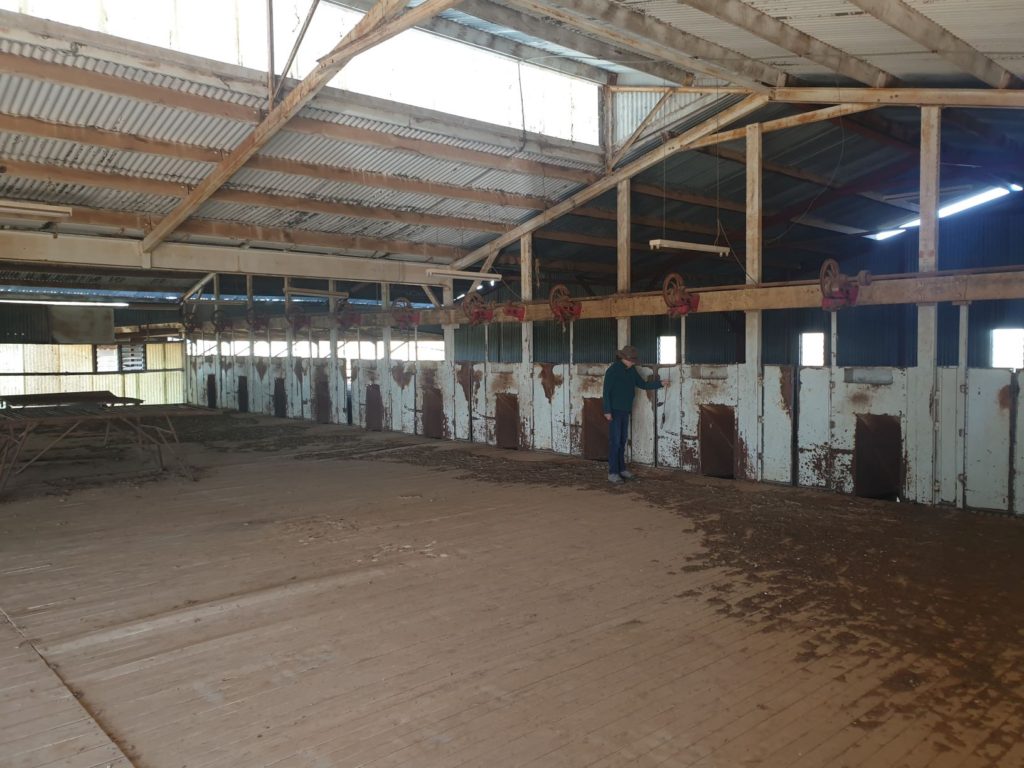
Julie is contemplating her previous life as a shearer about 100 years ago – the ultimate in backbreaking work
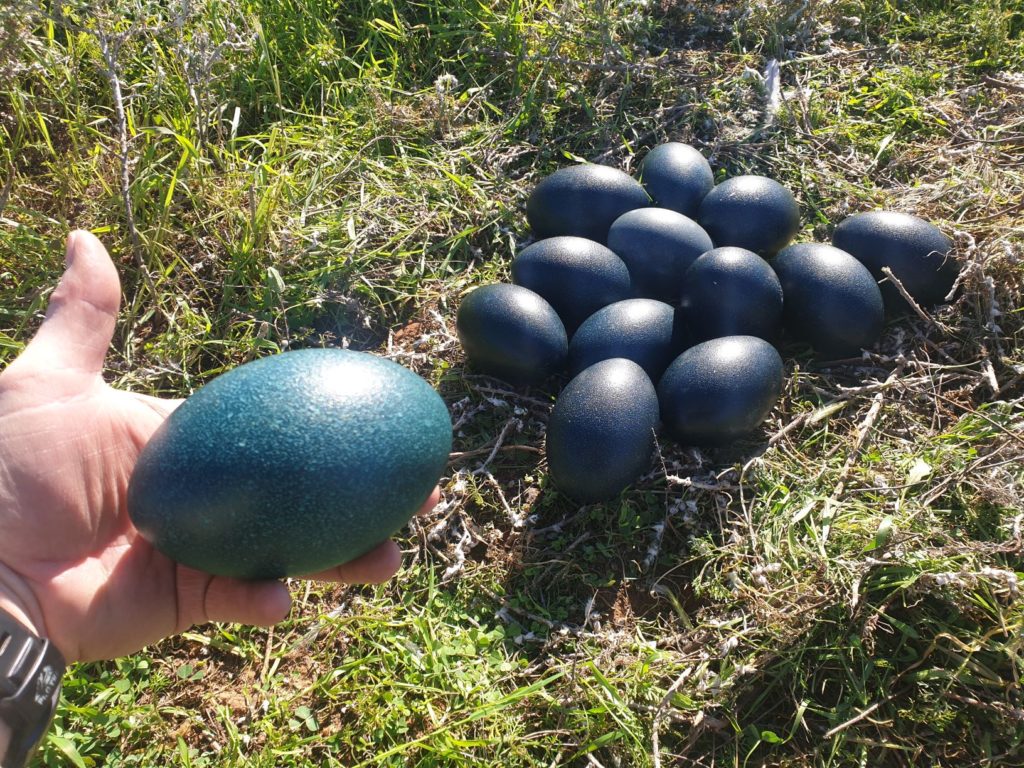
Driving around Willandra station we disturbed an emu nesting his 13 eggs. The emu scampered off and we had a rare chance to see these huge warm eggs up close.
We followed the dirt track out to the Cobb Hwy, itself famous as an old drovers’ route for cattle being run from Queensland to Victoria, stopped briefly in the sleepy and dusty town of Ivanhoe before venturing out on another dirt track towards Menindee Lakes.
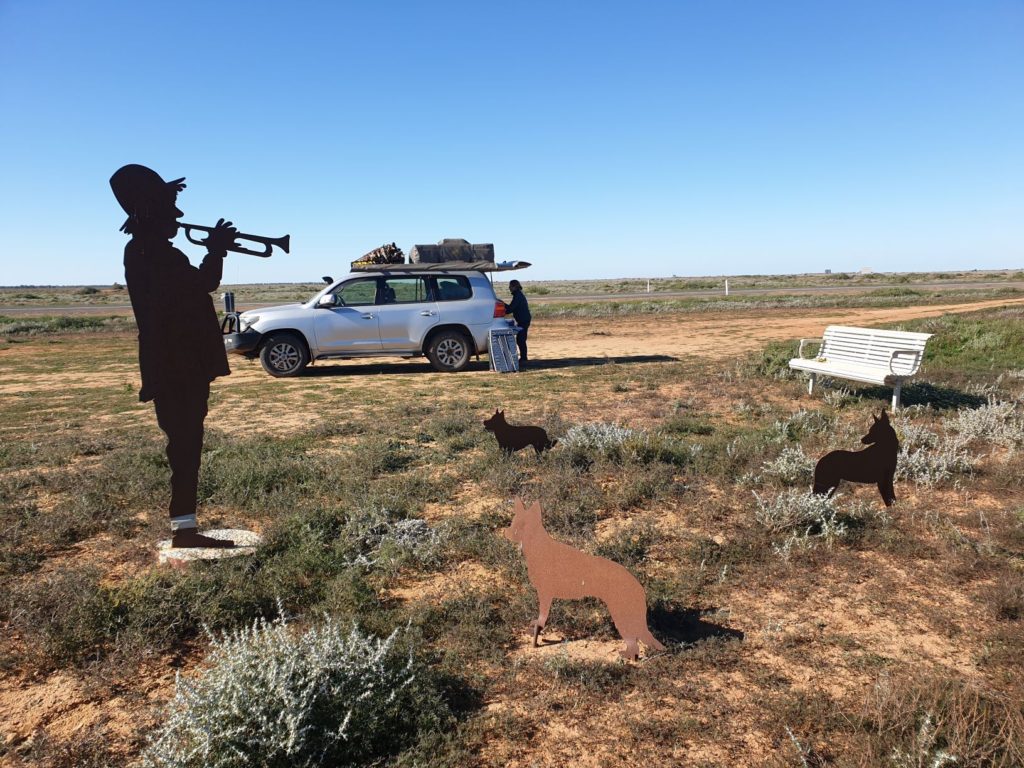
Lunch stop on the Cobb Highway where we were serenaded by an old traveller playing the trumpet with three dogs
This is Australia at its flattest, semi-arid saltbush scrub, red dirt covering everything, a few trees, goats and sheep scratching out an existence, the entrance to a forsaken station every 20 kilometres or so. As the sun sank low we pulled in behind a cluster of scrawny trees and declared stumps for the night. The land stretched out as far as we cared to look, a breeze whistling across the plains. There hadn’t been a cloud all day. We’re a long way from Sydney and the coronavirus.
After being bathed in a very private and expansive sunset and sunrise, and not having seen a car go by for 14 hours (although four trains passed on the nearby tracks!) we followed the dirt road into the small regional community of Menindee, home base for the well known Menindee Lakes and Kinchega National Park.
The Menindee Lakes are a series of natural depressions that traditionally filled when the Darling River flows at normal levels. In more recent times with the scarcity of water and demands from local graziers and farmers the water is more carefully managed and controlled. As a result, most of the Menindee Lakes did not have water in them when we arrived, sadly a sign of the modern times.
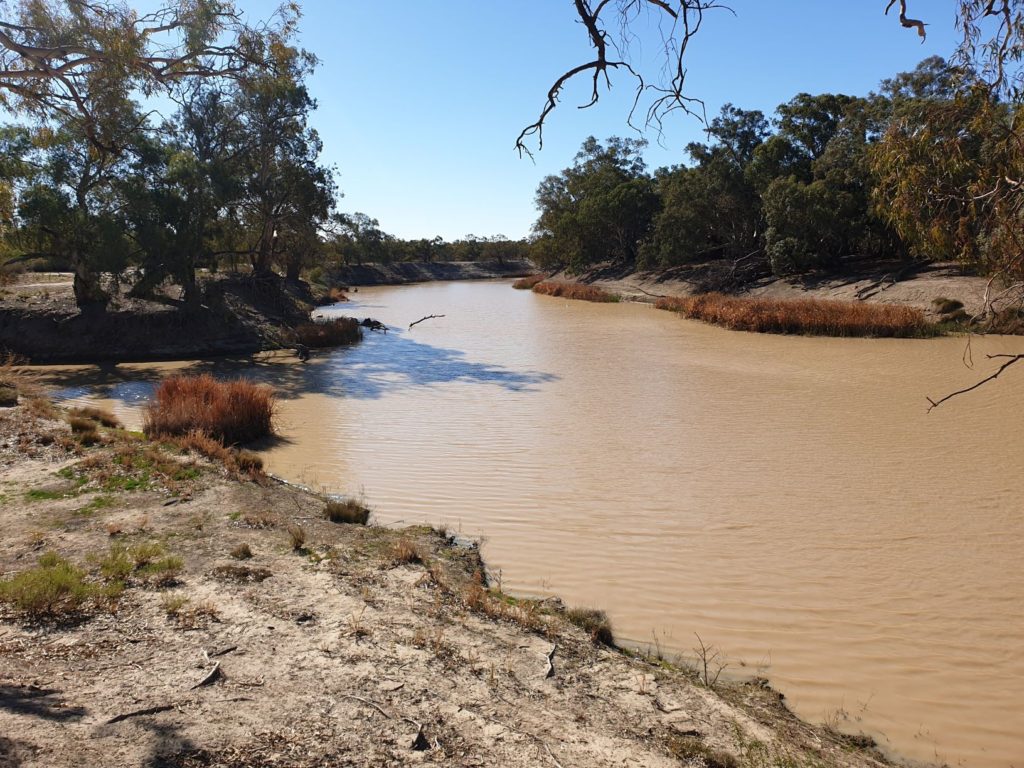
Our first view of the mighty Darling River – part of the vast Murray-Darling river system of Queensland, NSW and Victoria
We ventured into Kinchega National Park, site of a homestead and sheep station from the 1860’s to the 1960’s. In a history similar to Wilandra which we visted a few days before, Kinchega was a self-sustaining and vibrant community in a distant land, flourishing partly because of the Darling River which acted as its connection to the outside world.
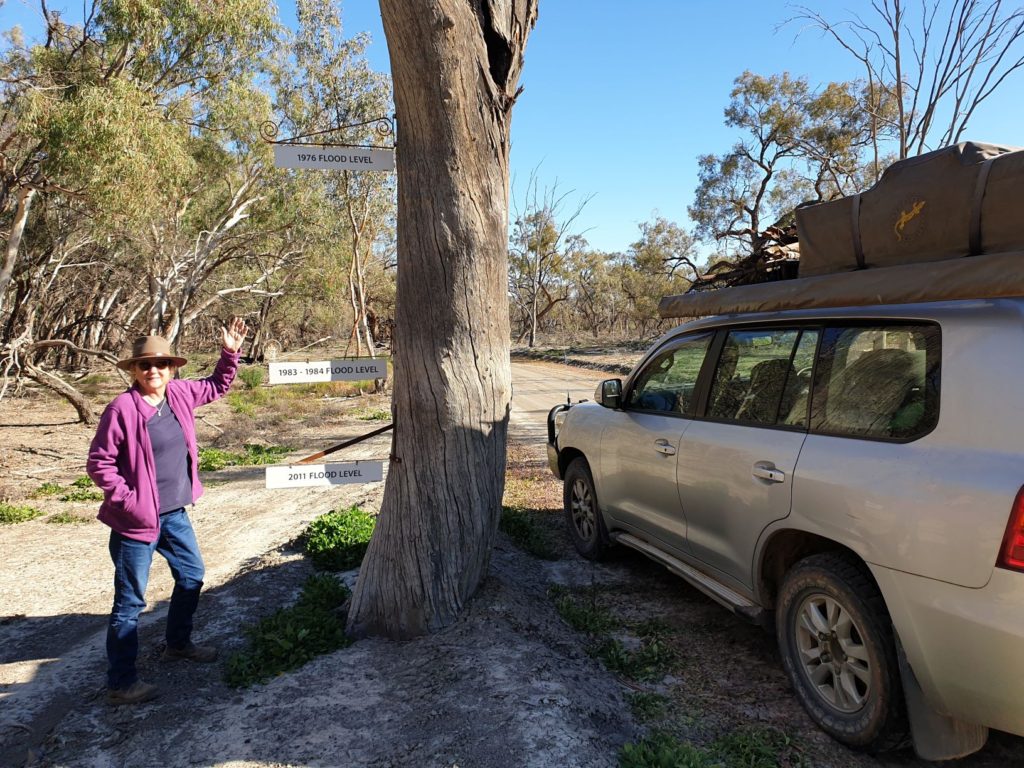
It’s feast or famine when it comes to rivers in Australia – here’s a tree marking the amazing flood lines of the Darling – including the devastating flood in 1976
We drove along the Darling River, its steep deep river banks showing how high and strong this river used to run. Along its banks were countless huge river red gums, some of the largest and most spectacular gums we had ever seen. These guys can survive for up to 400 years, their girth in particular growing to a size dwarfing all other gums, prone to dropping huge branches on unsuspecting travellers, majestic in every sense. After exploring the old restored woolshed, which we are becoming quite expert at, and the remains of the homestead, we camped on the banks of the Darling, the water far below us at the base of it’s steep banks, huge river red gums soaring above us. We couldn’t believe our luck at such a grand setting, not another sole within 10 kilometres of us. Glorious.
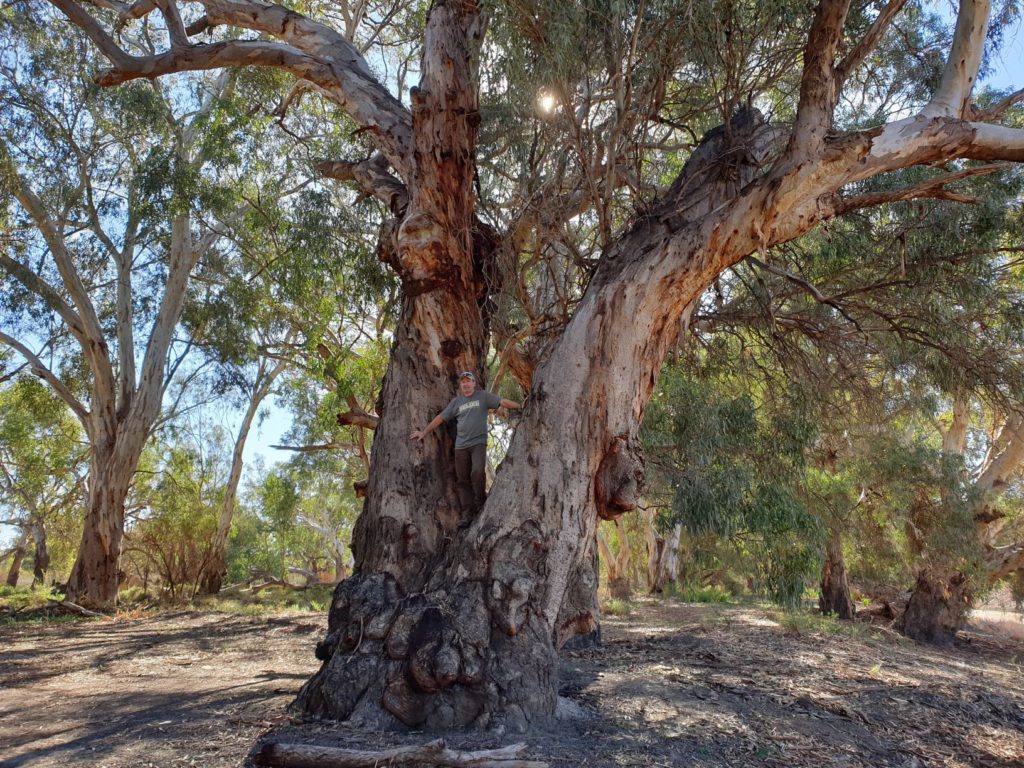
The mighty river red gums, surely the most impressive eucalypt of them all, absolute giants in girth, age and statue
The next day we explored more of the Menindee Lakes area, including Lake Pamamaroo (site of where Burke and Wills camped on their ill-fated trip) which was full of water and looking a treat, before heading up to Broken Hill, the large mining town near the South Australia border (and in fact runs on South Australia time).
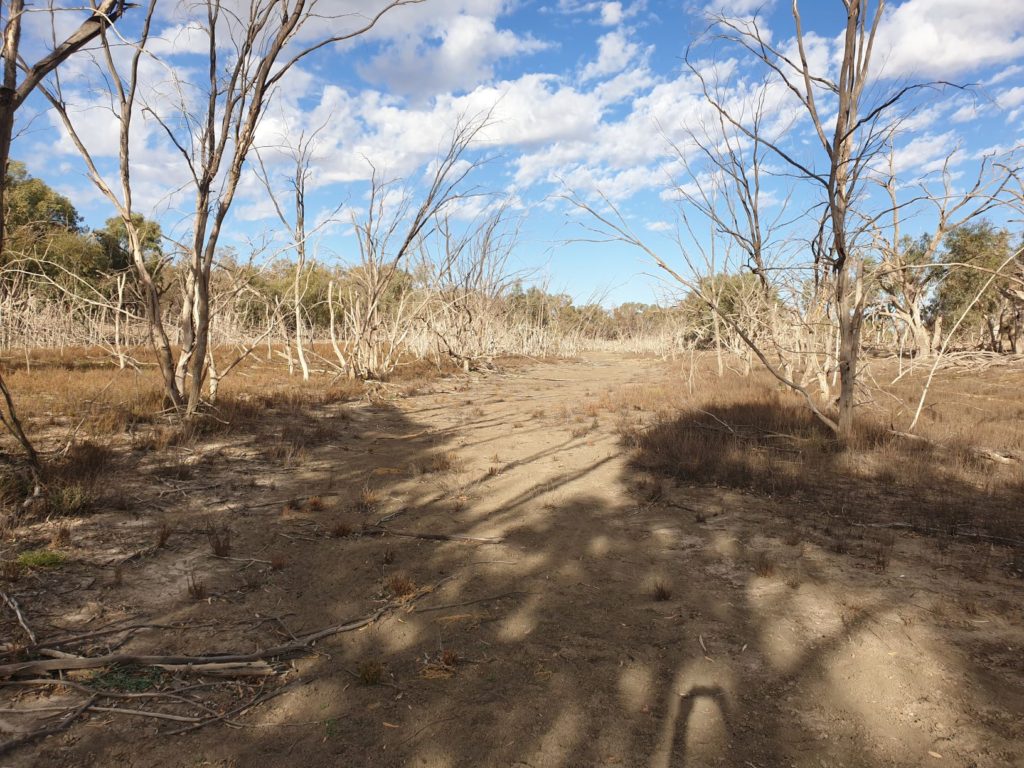
The most interesting feature of the Menindee Lakes – especially since most of them don’t have any water right now – is the dead trees in their old basins and tributaries
After being reminded by police, we were on a quest to get the necessary pink slip inspection before we could pay our vehicle registration and continue our journey. One of many reasons to spend a weekend in Broken Hill!
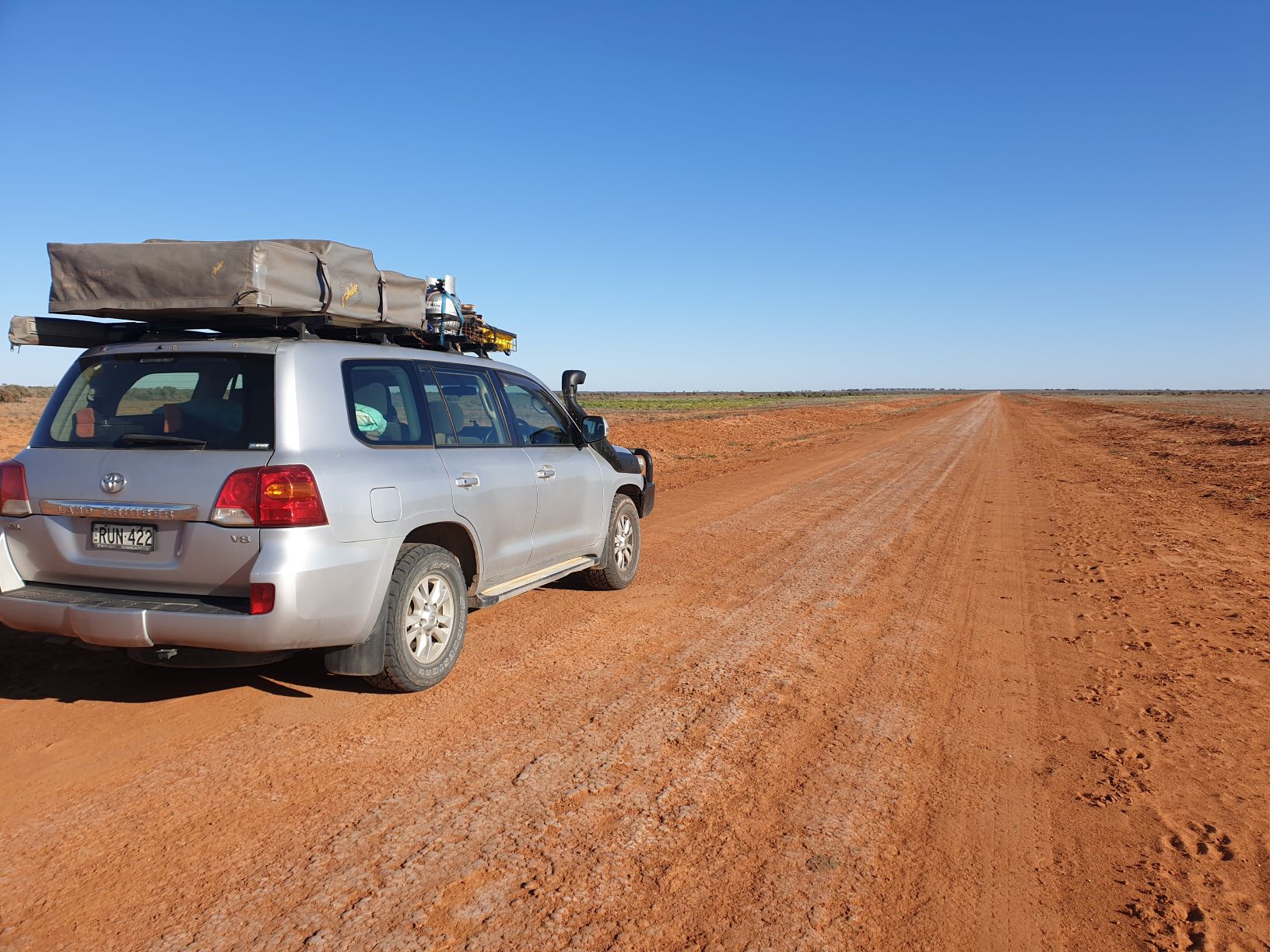
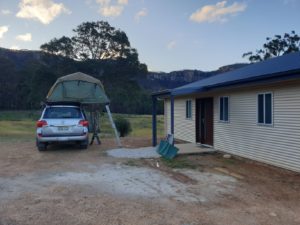
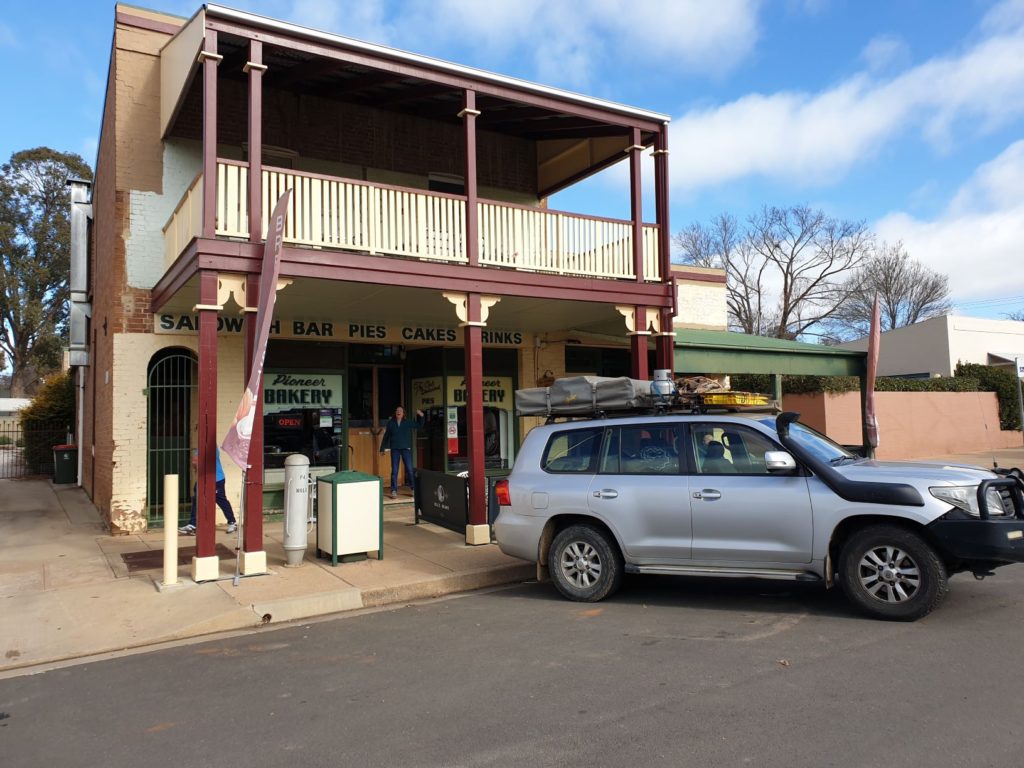
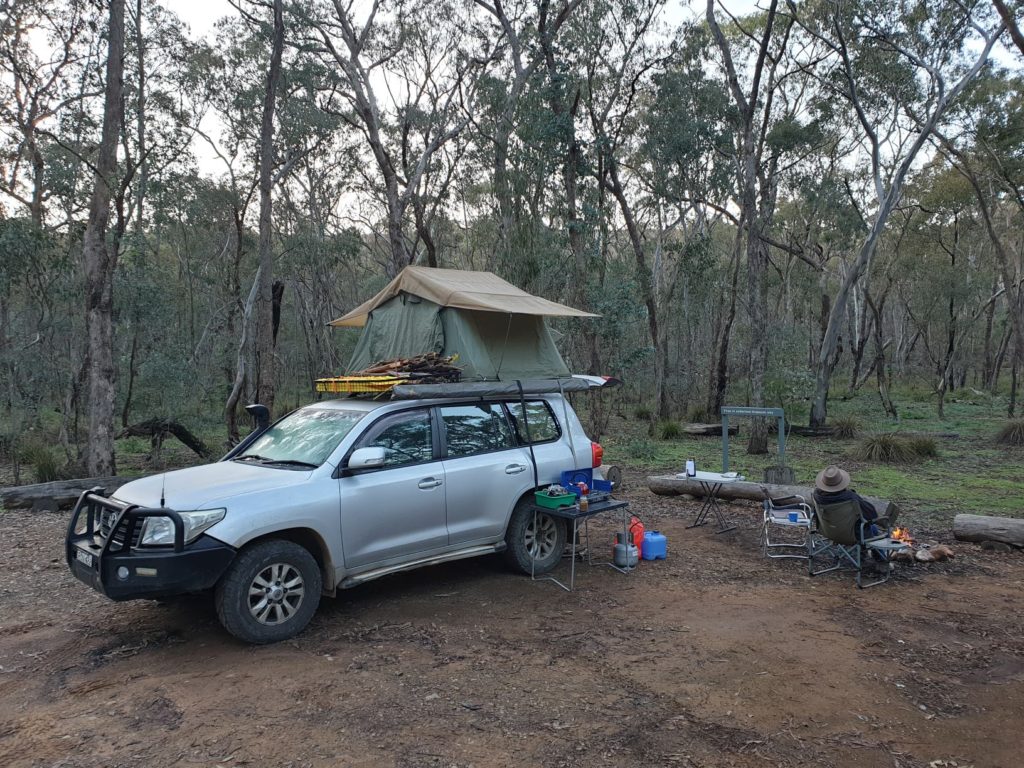
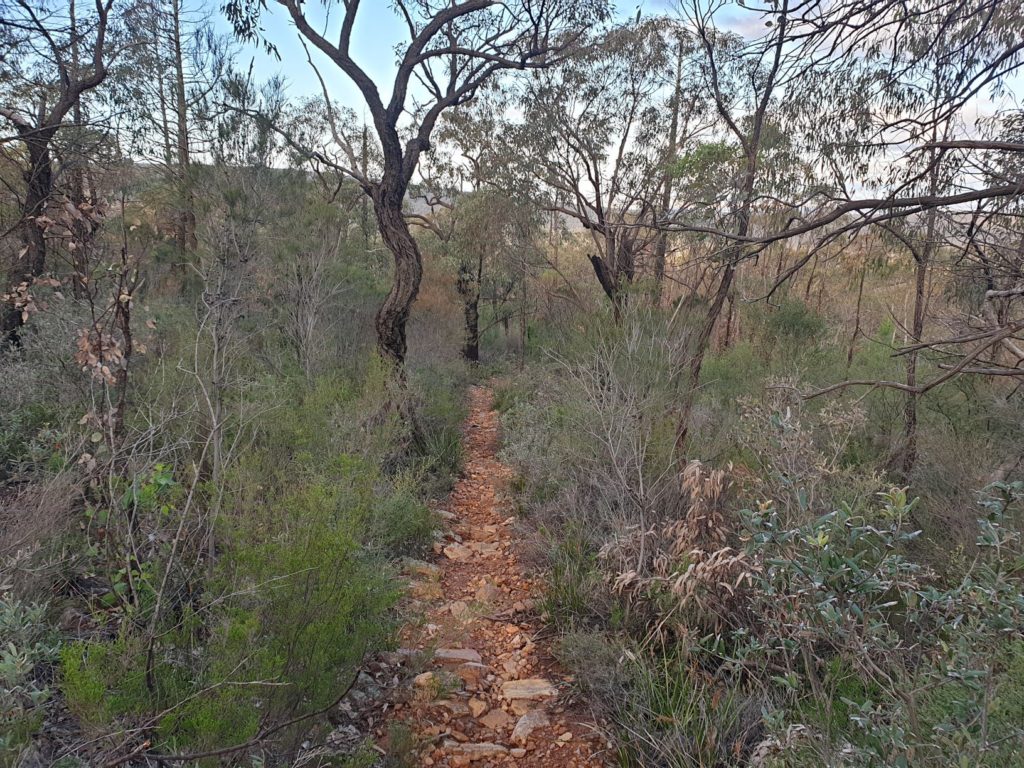
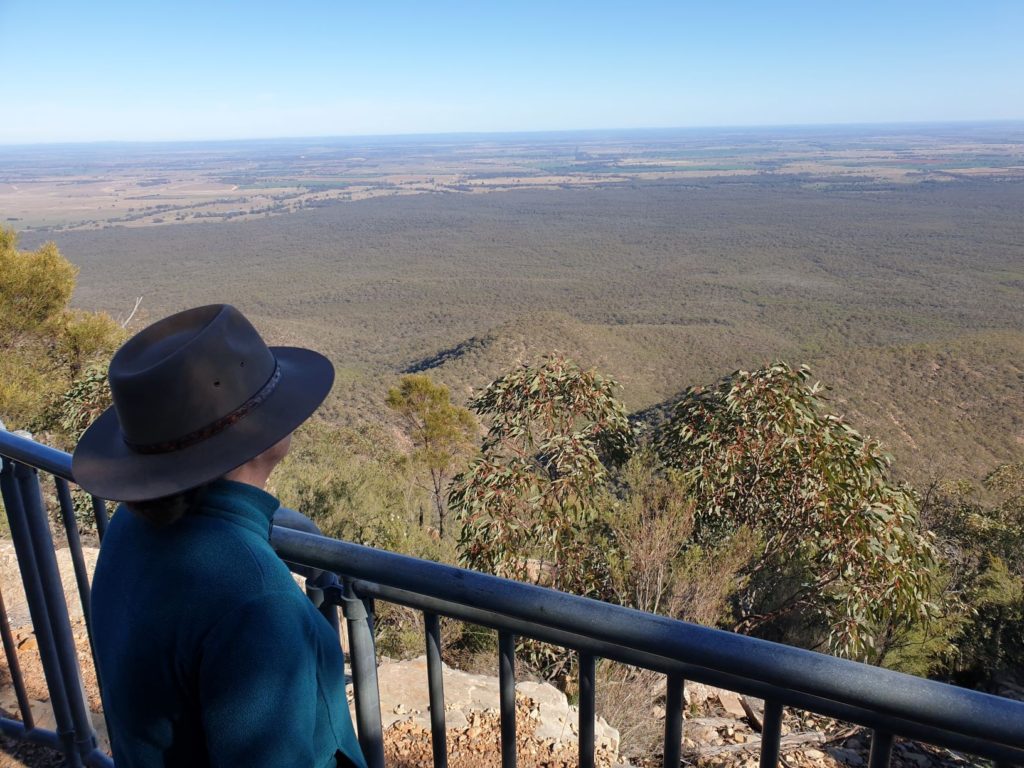
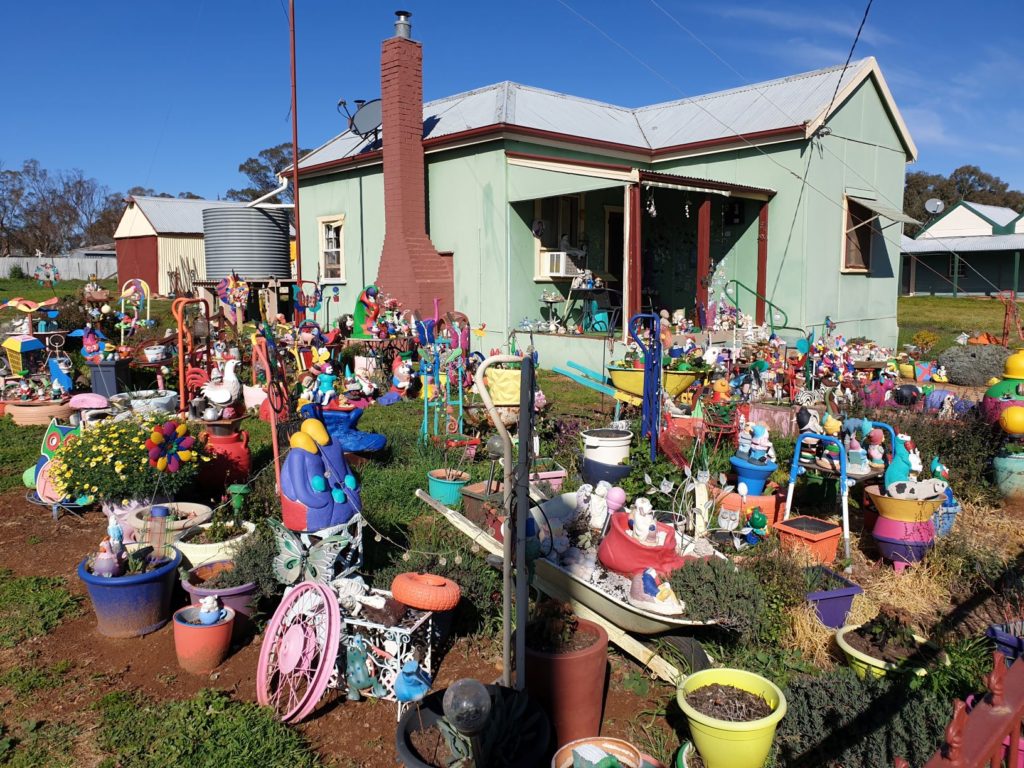
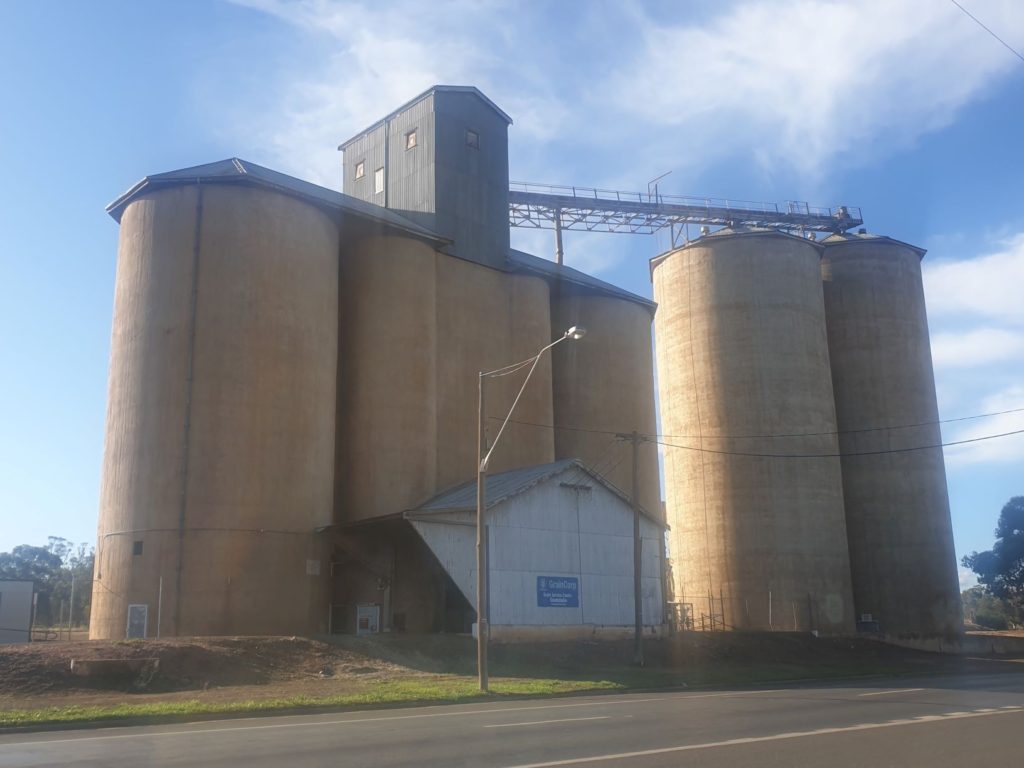
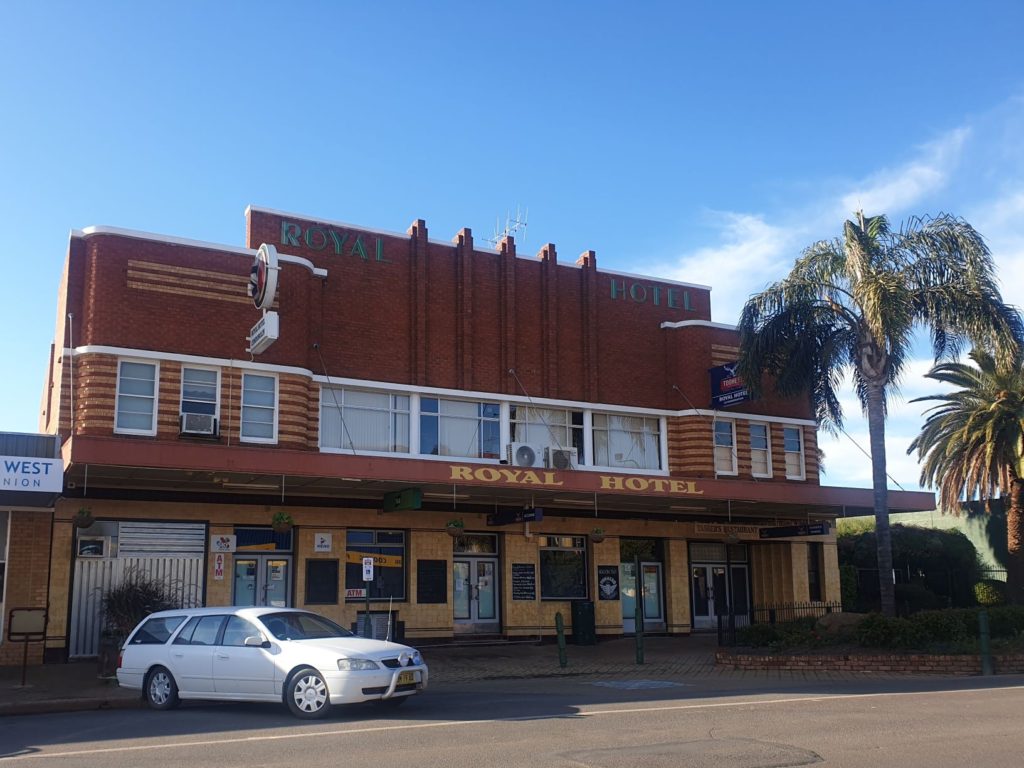
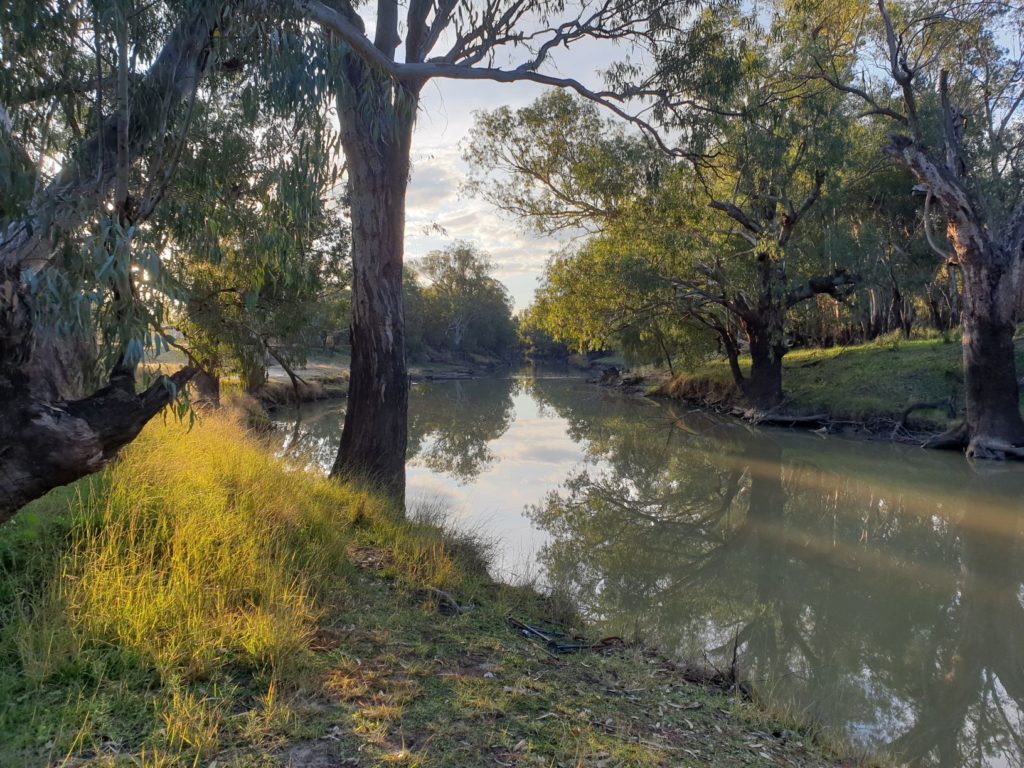
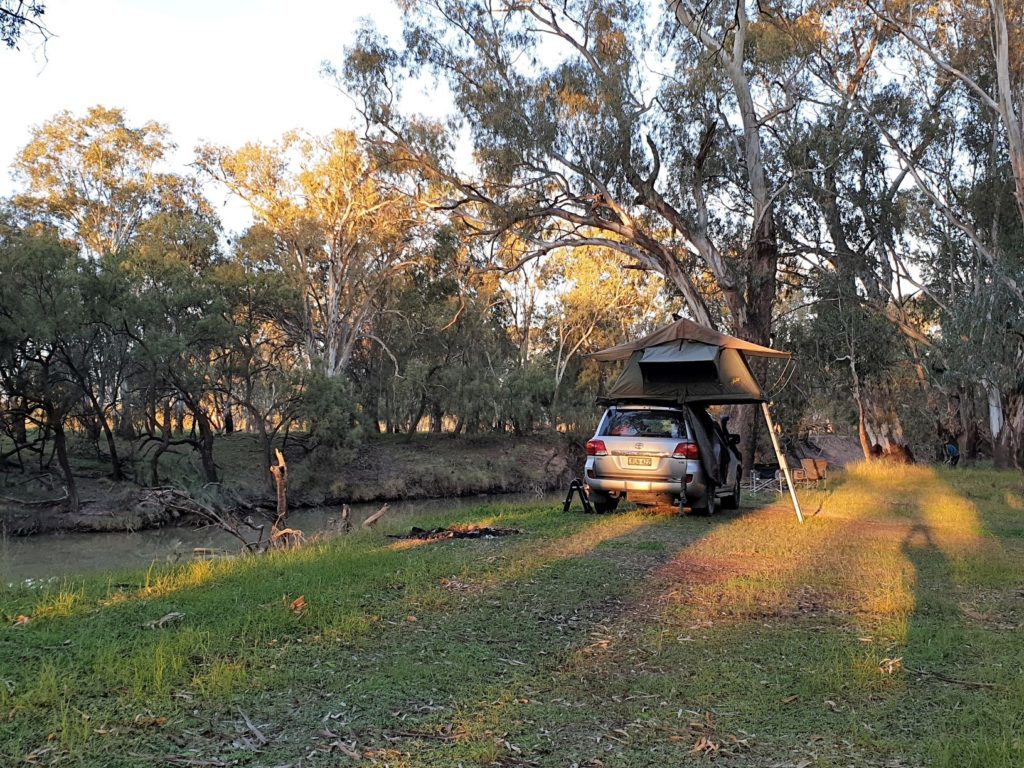
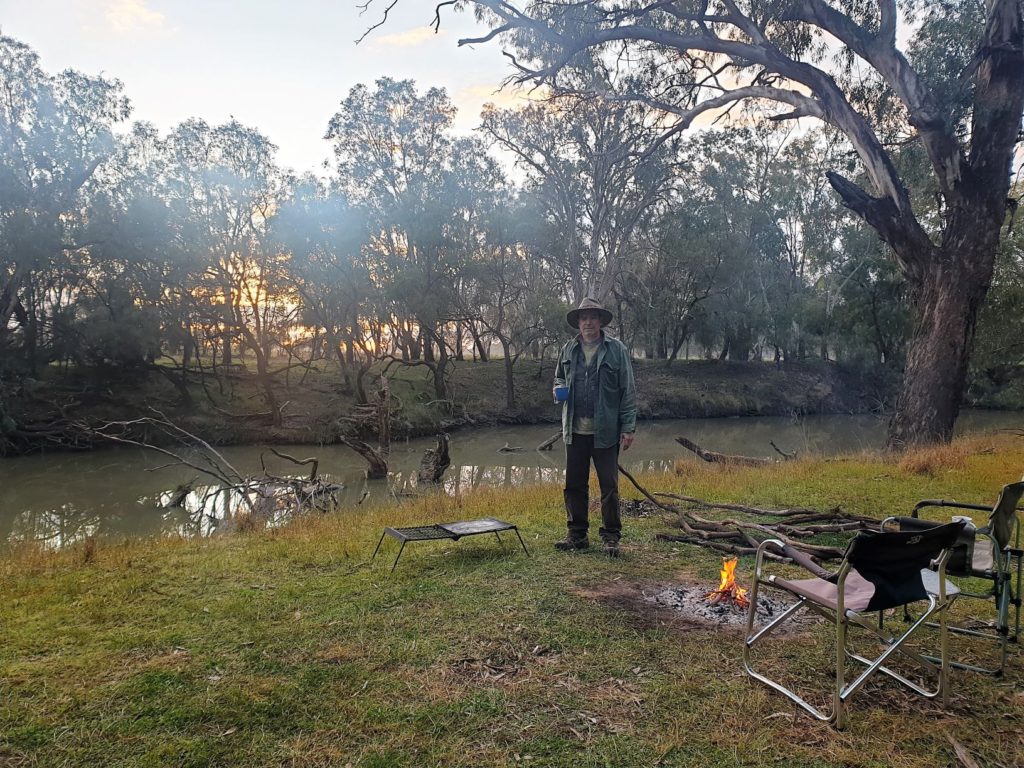
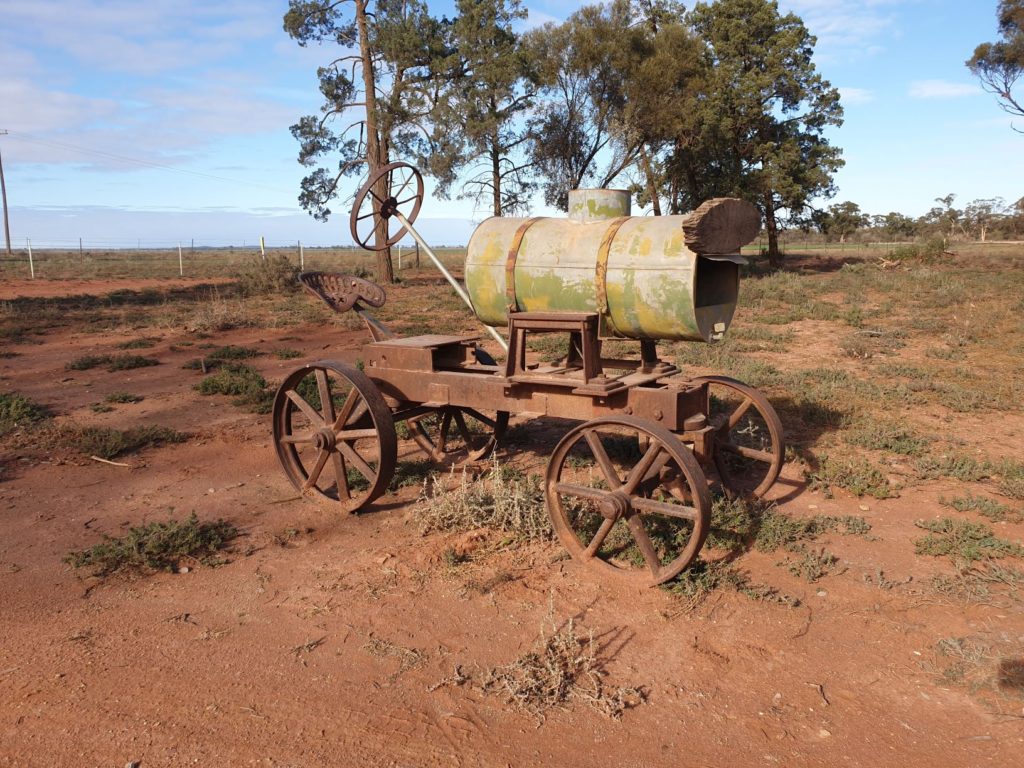
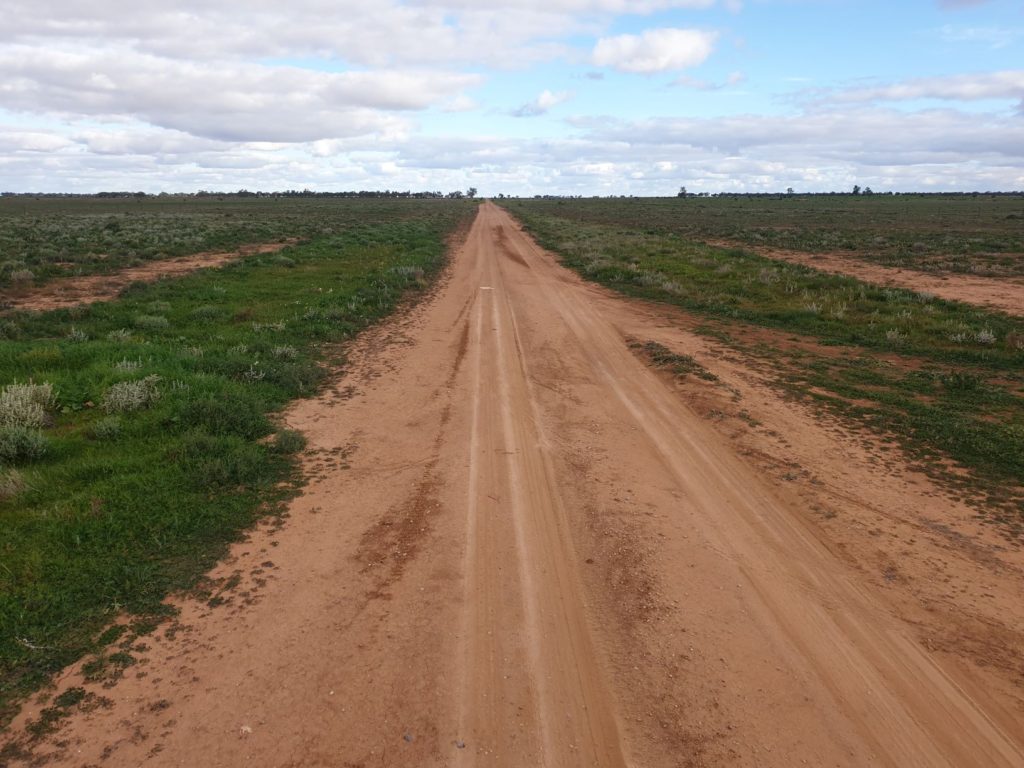
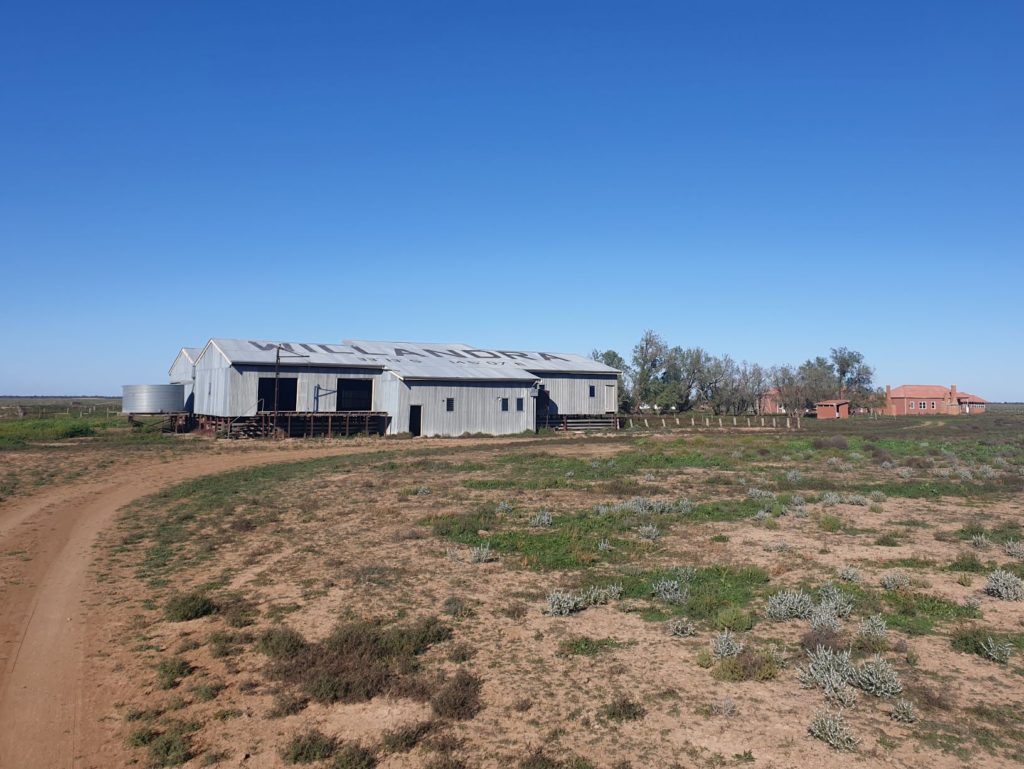
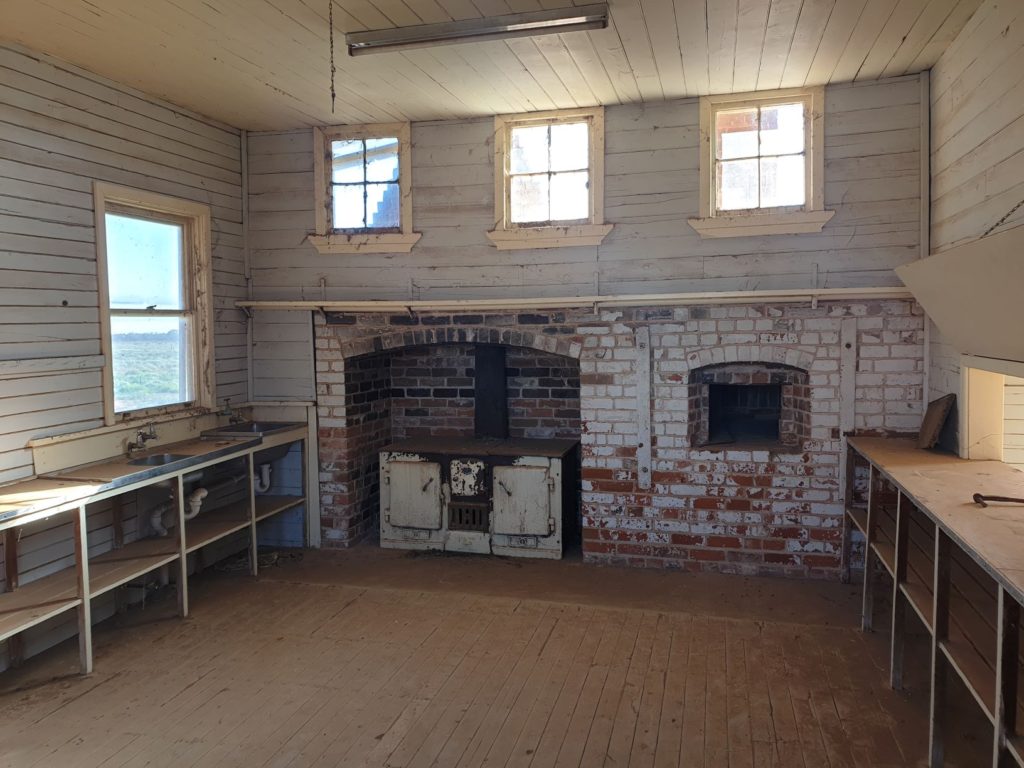
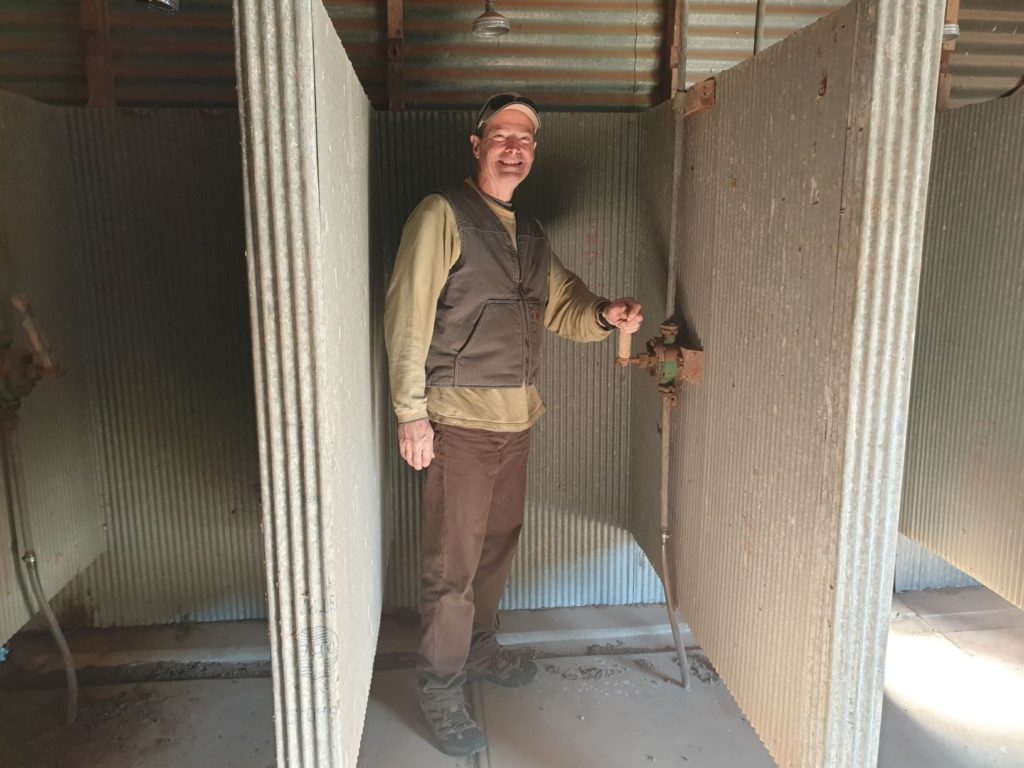
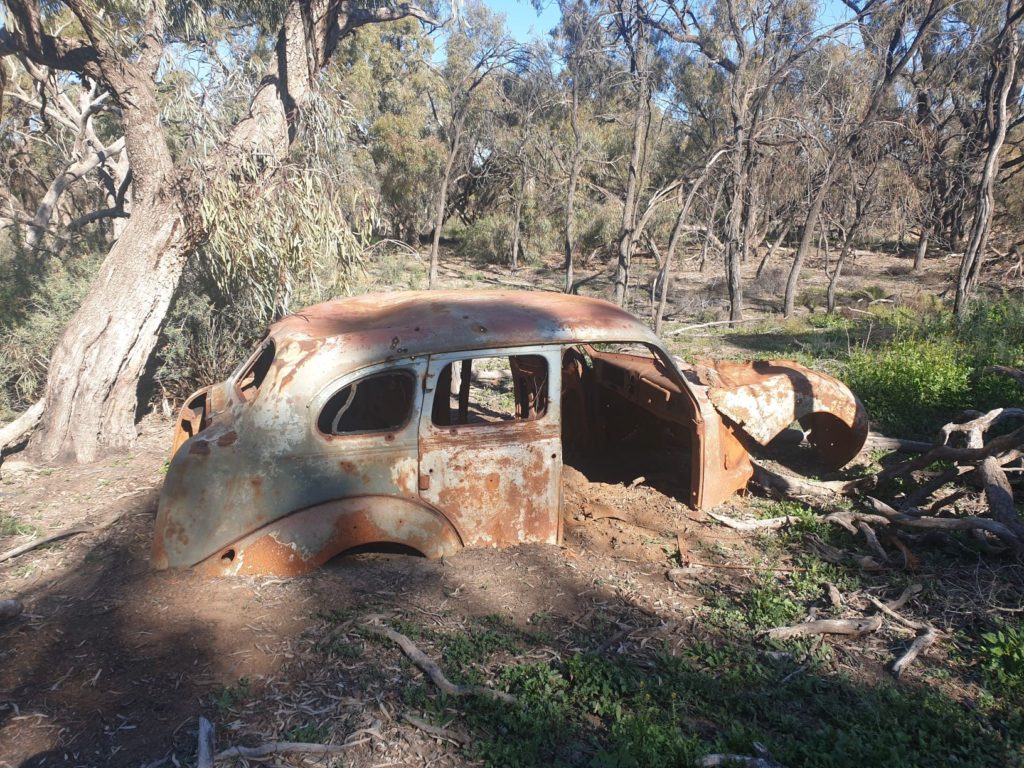
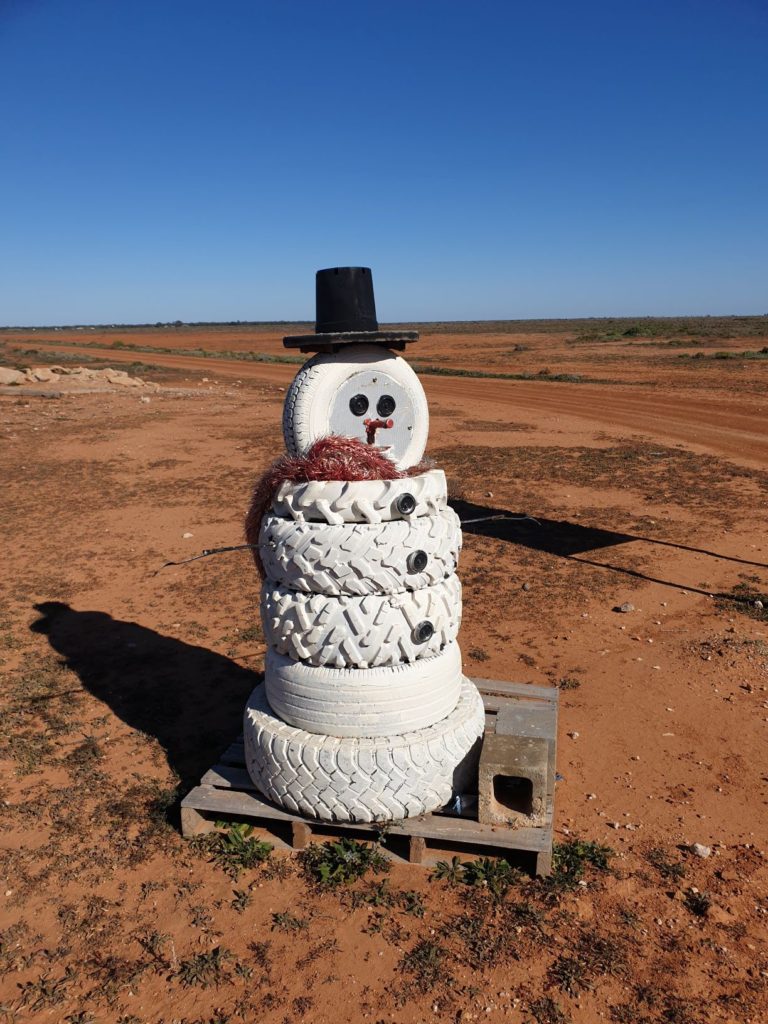
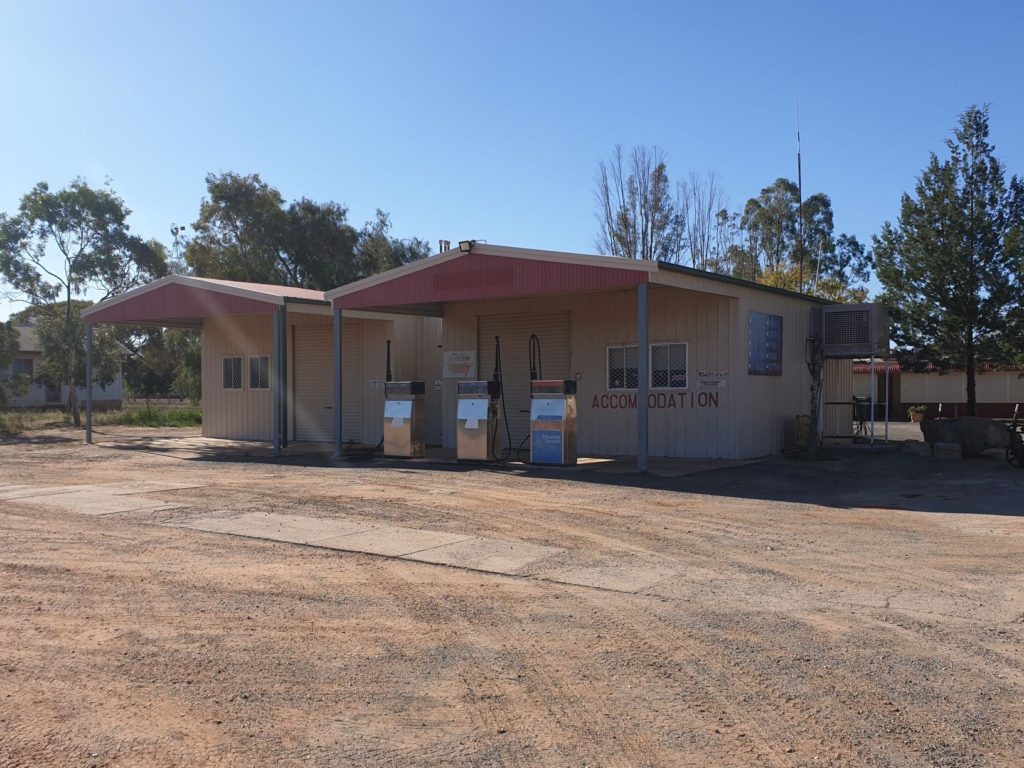
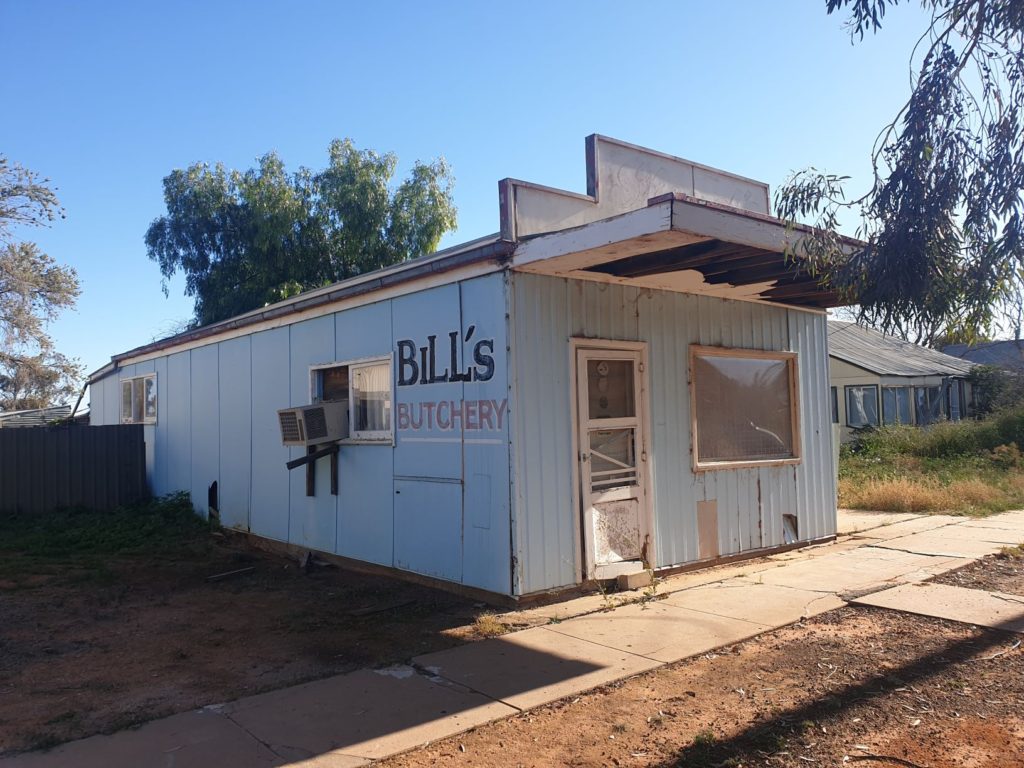
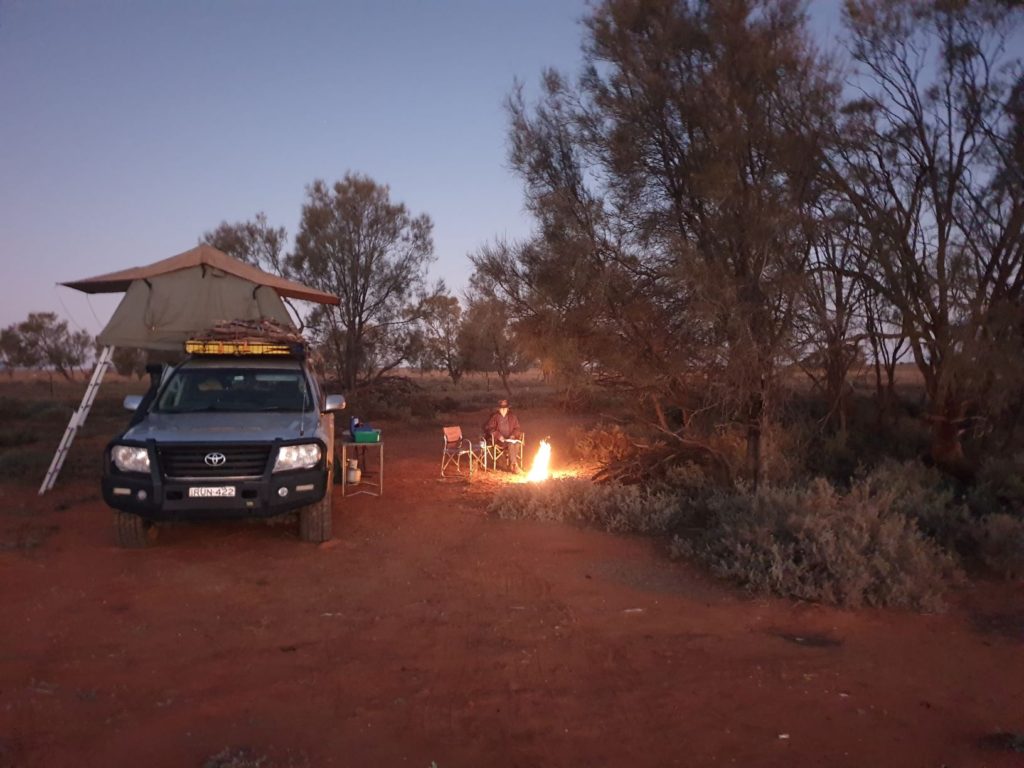

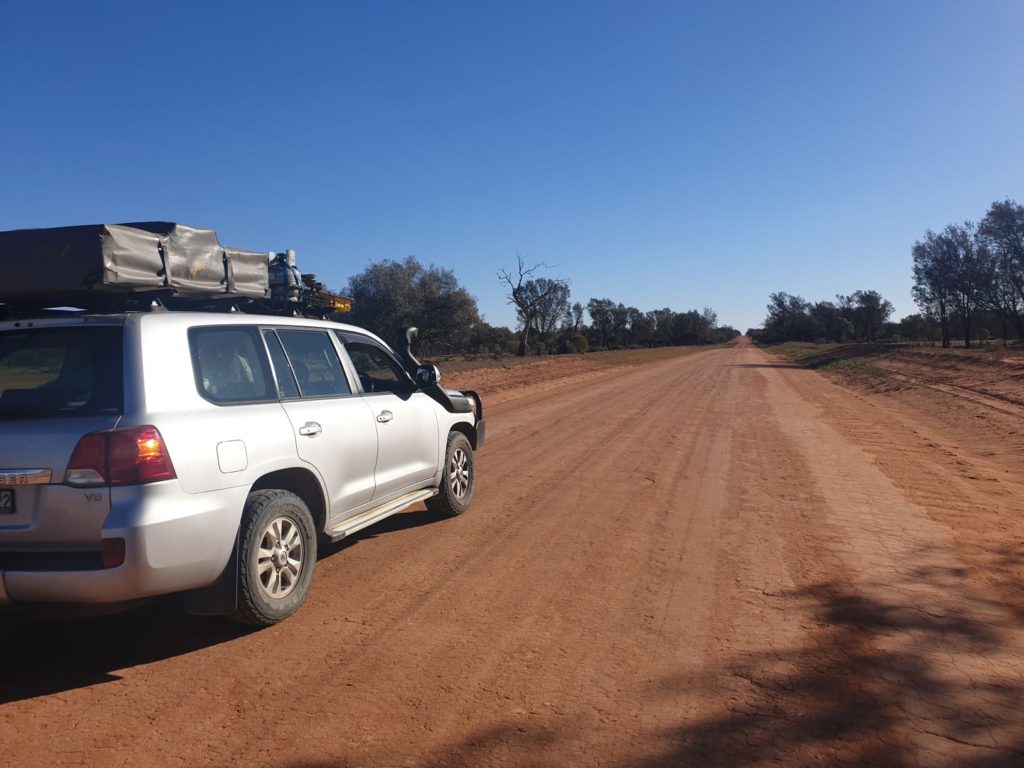

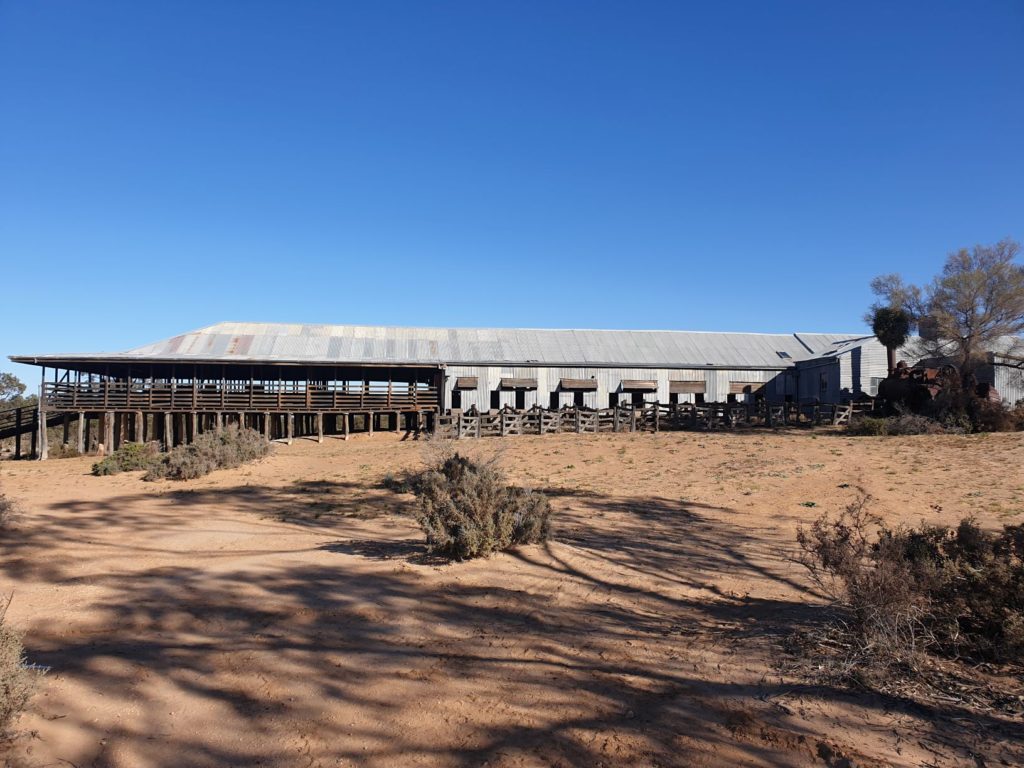
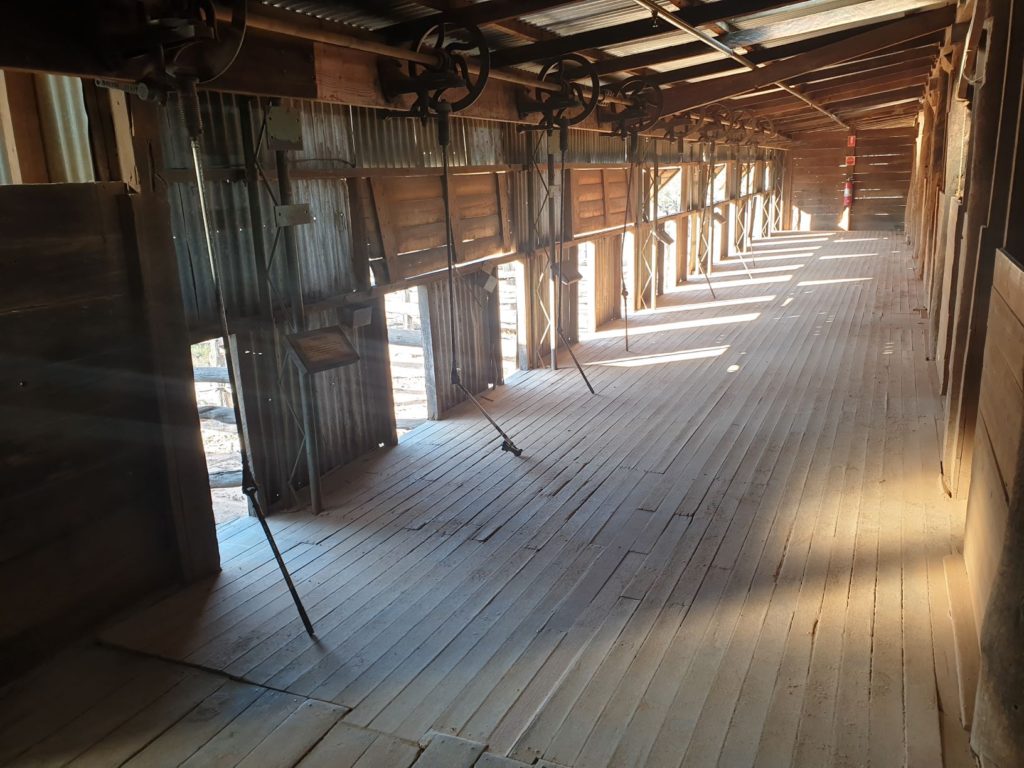
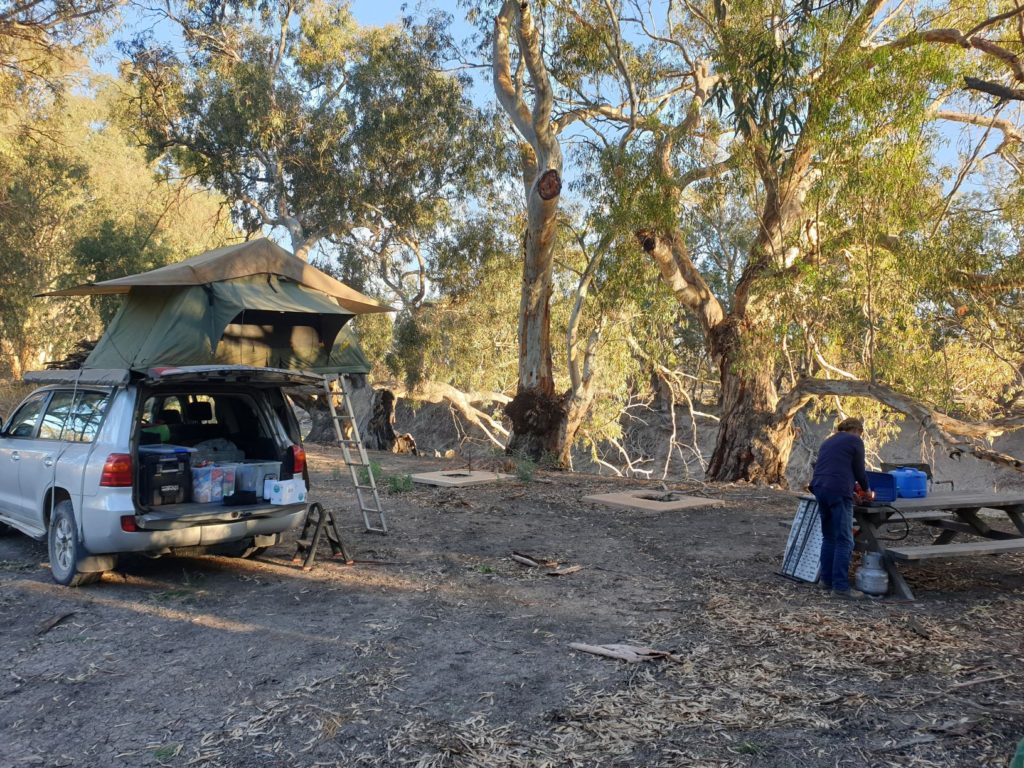
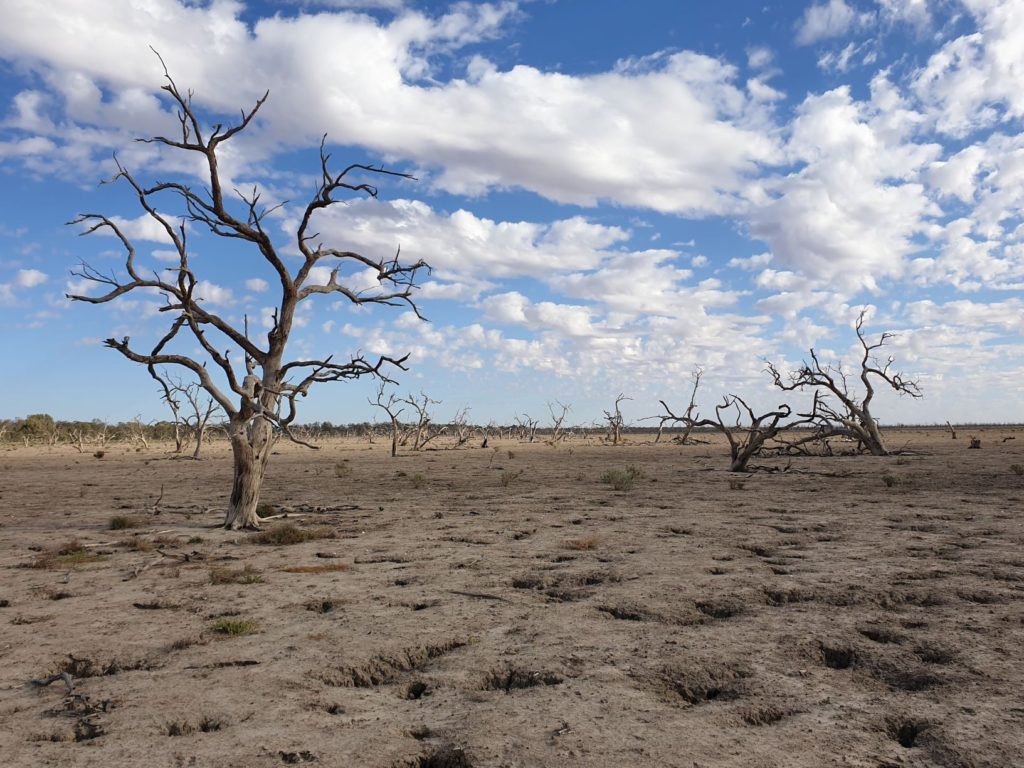
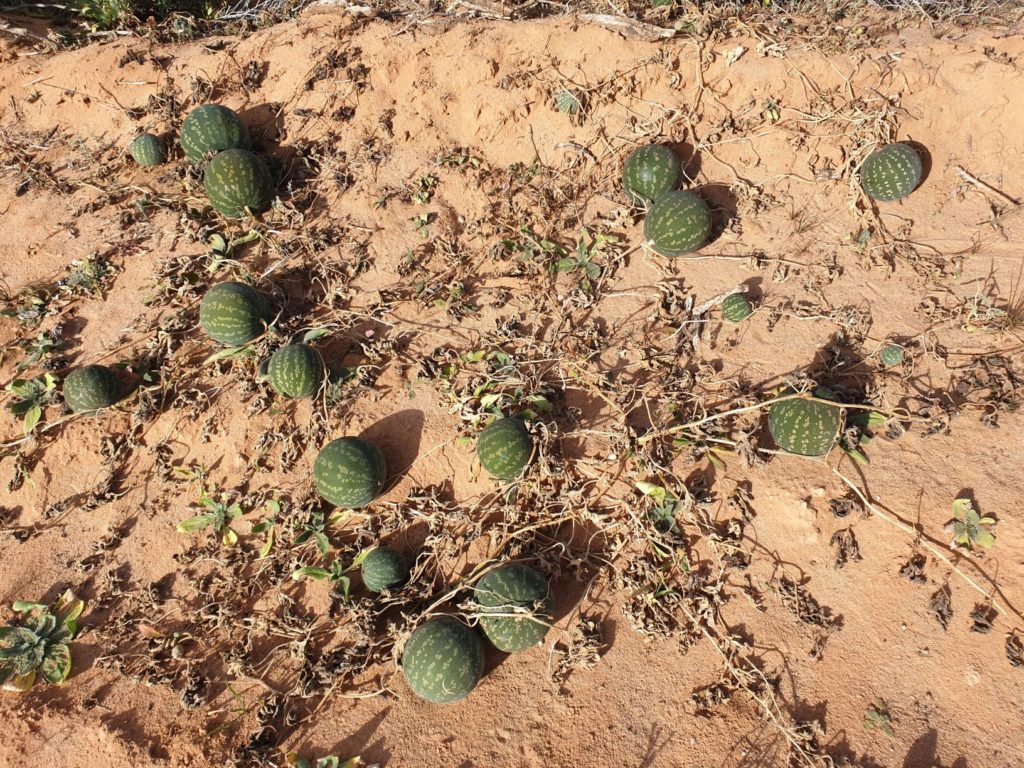
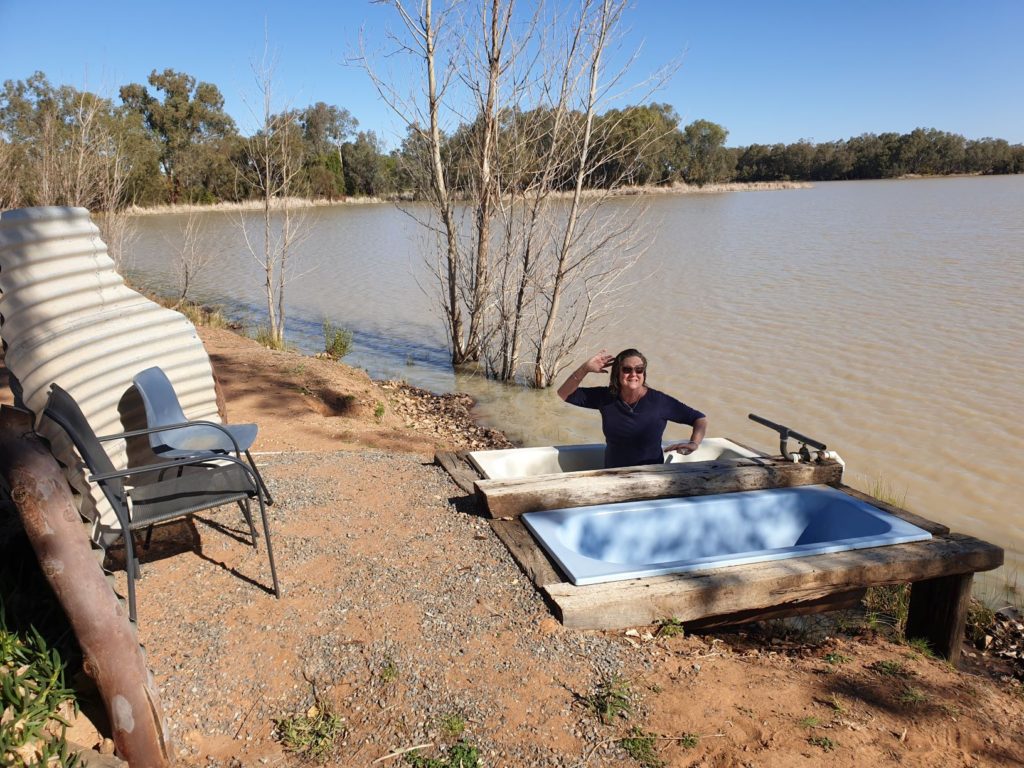
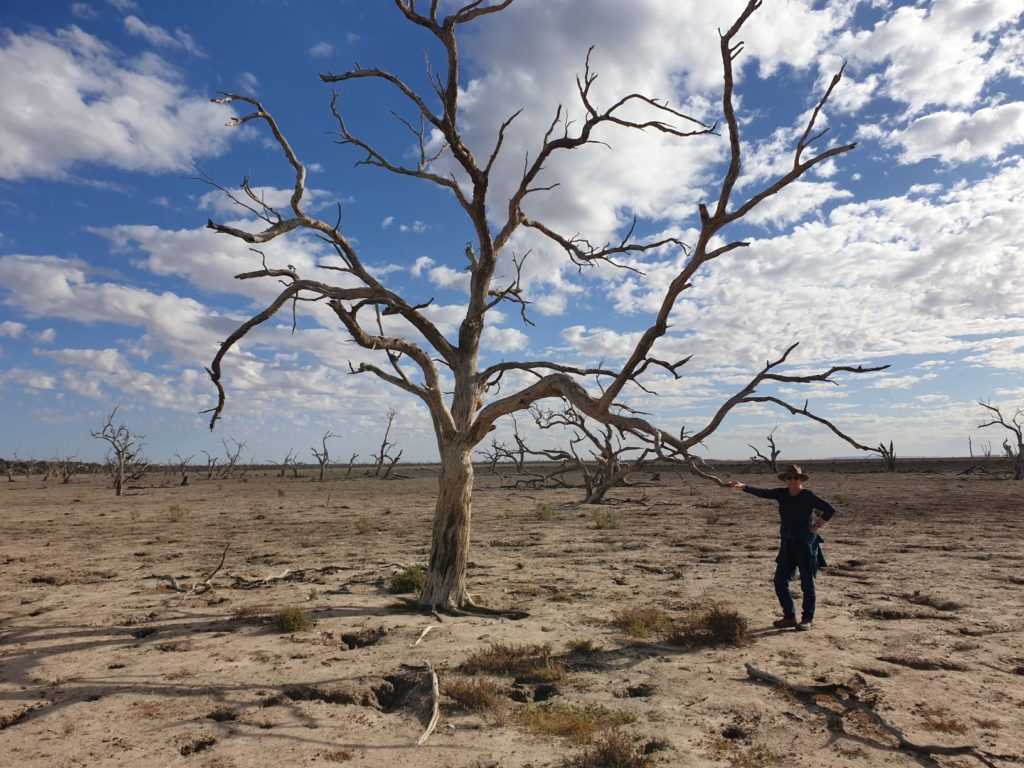
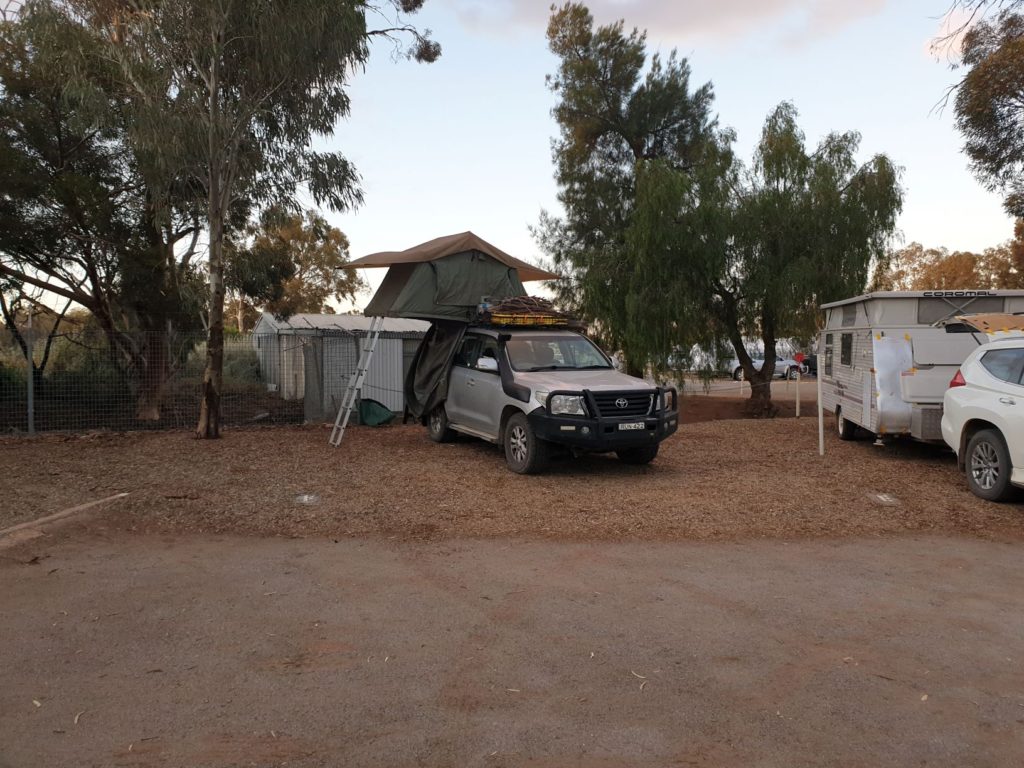
You make this beautiful land of ours look even more amazing than it is. So glad you are on the road again, even if you are limited by our state borders. Enjoy the travels to prepare for your future Stans and enjoy the new sites. Stay safe and keep smiling.
Love from Anne & Steve
xoxoxo